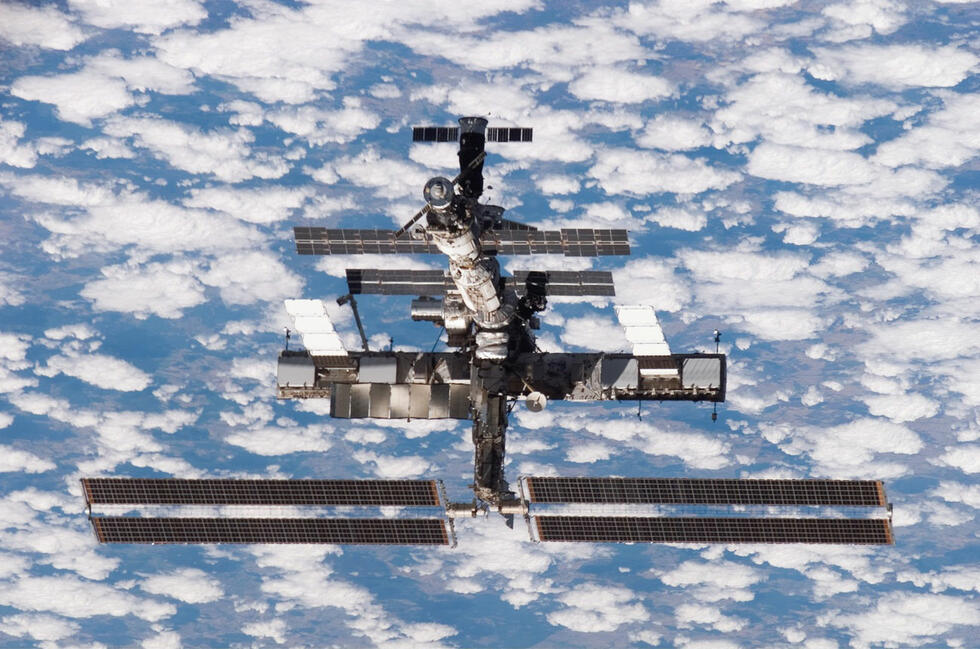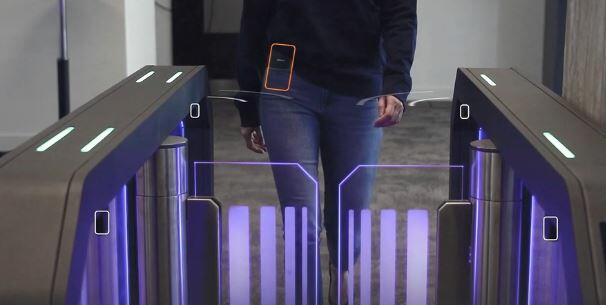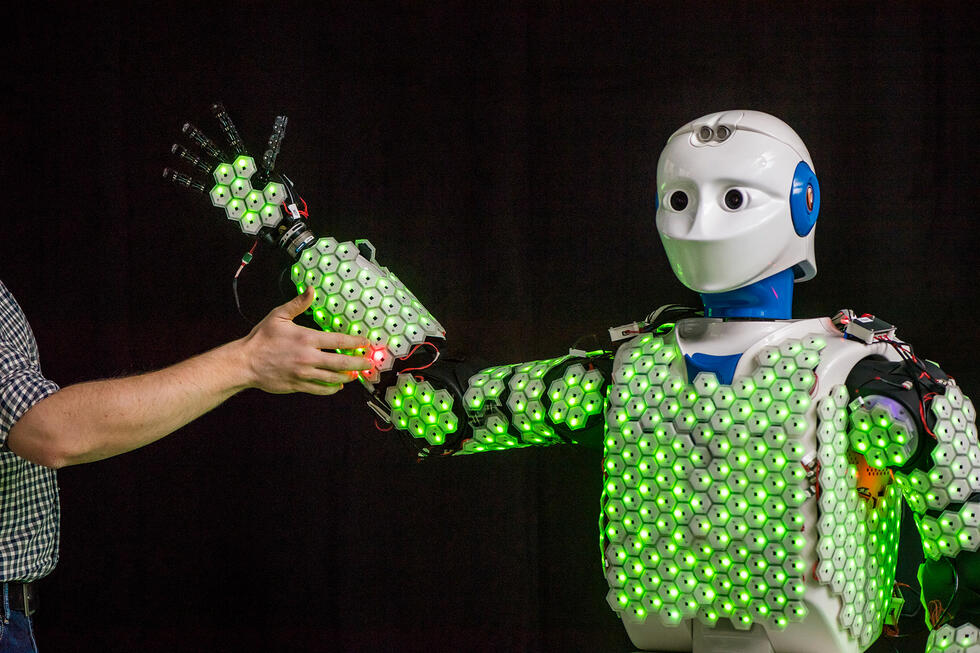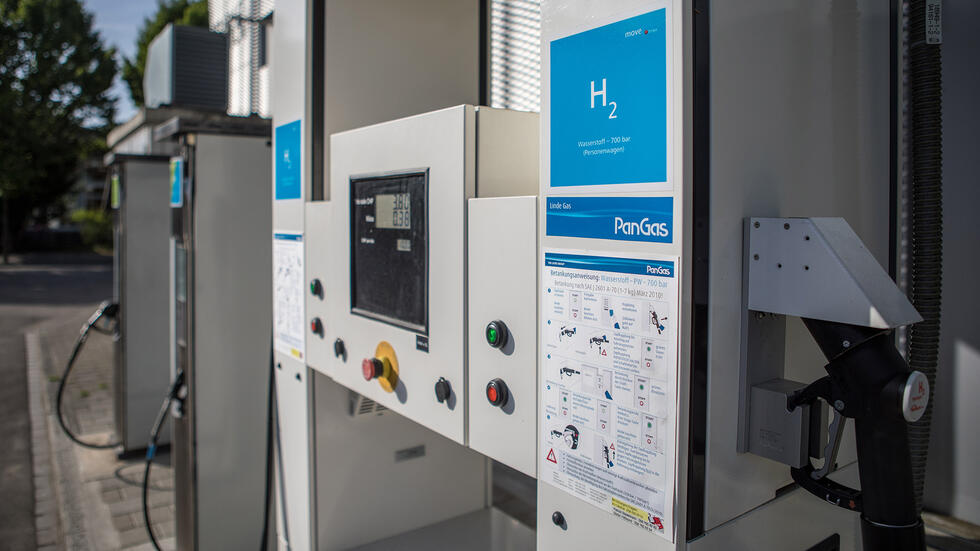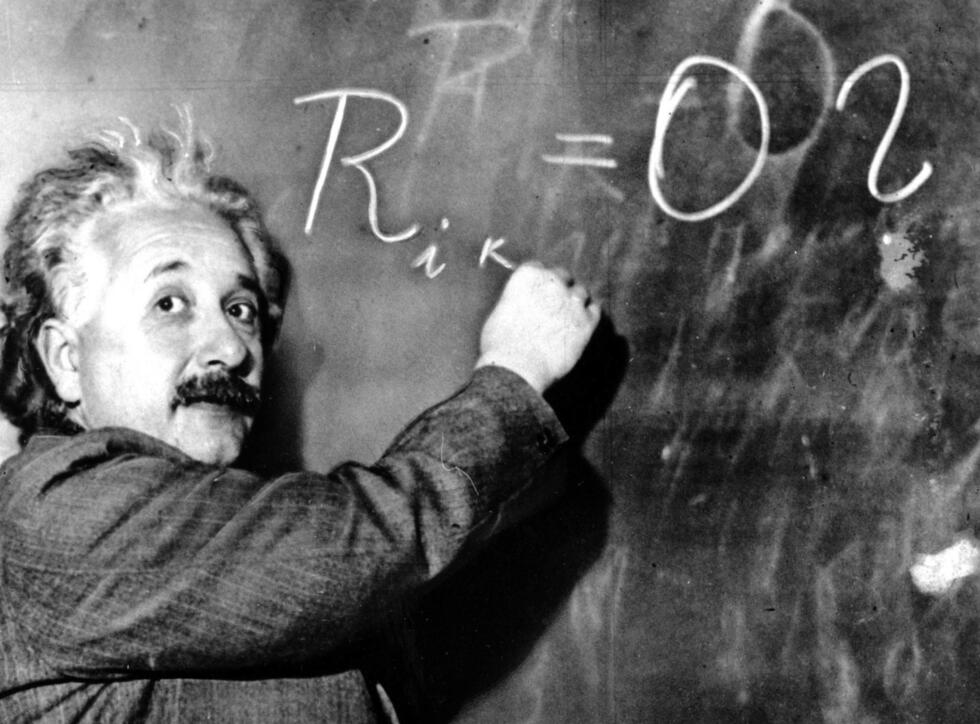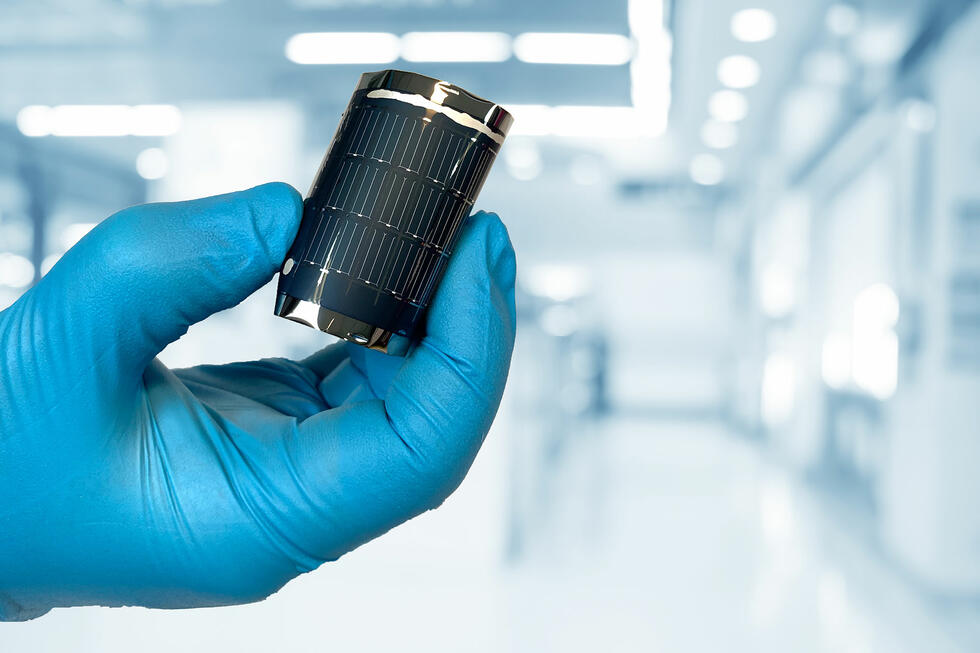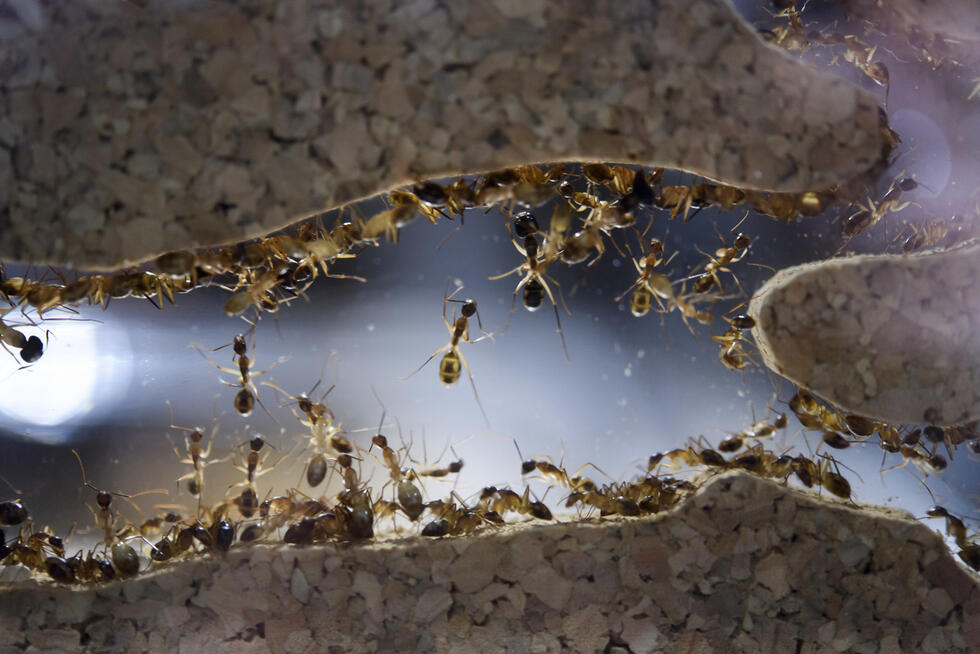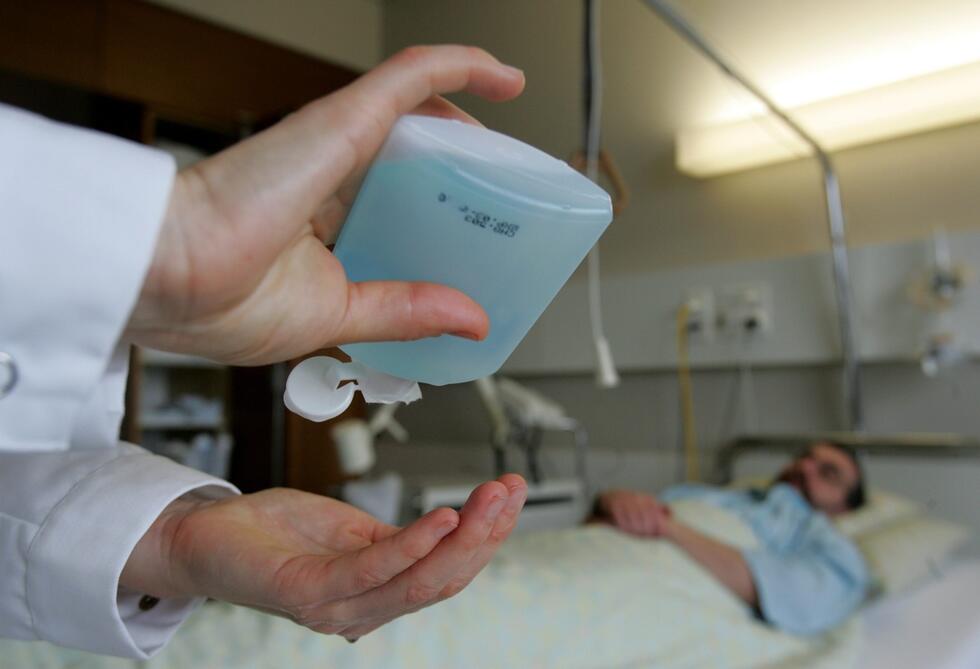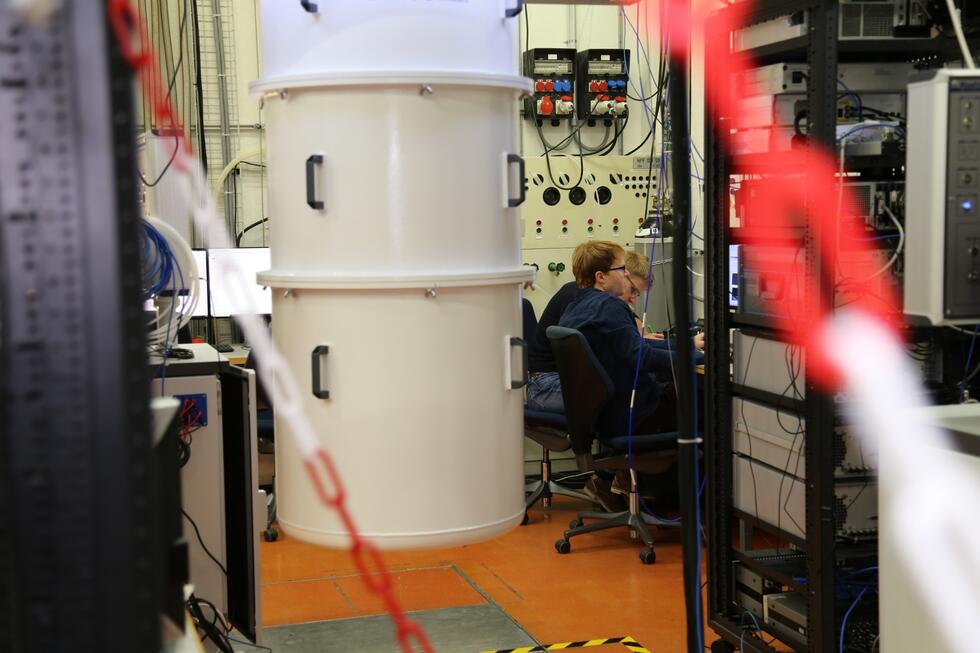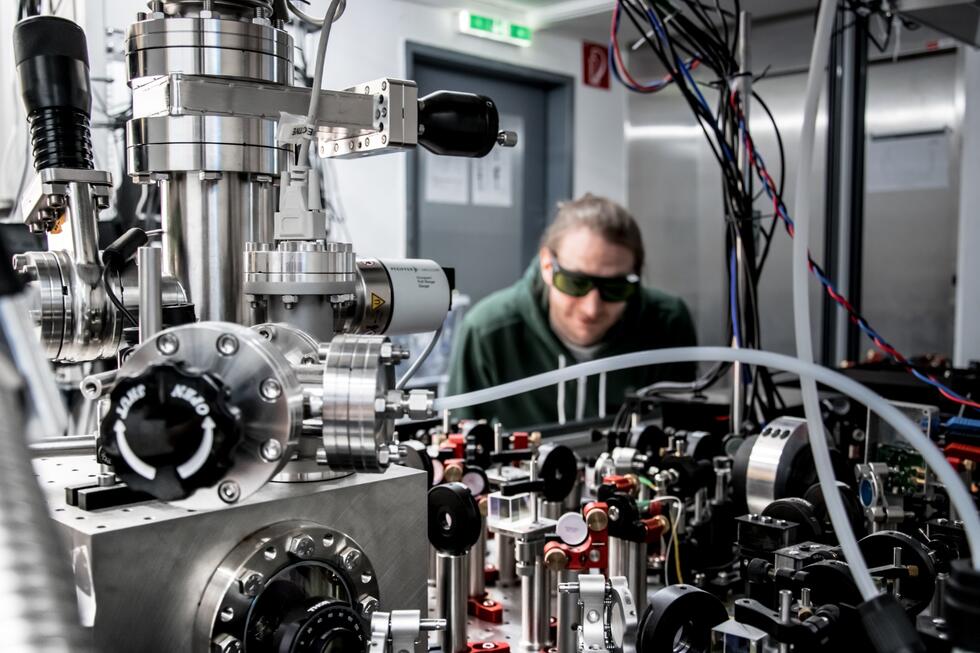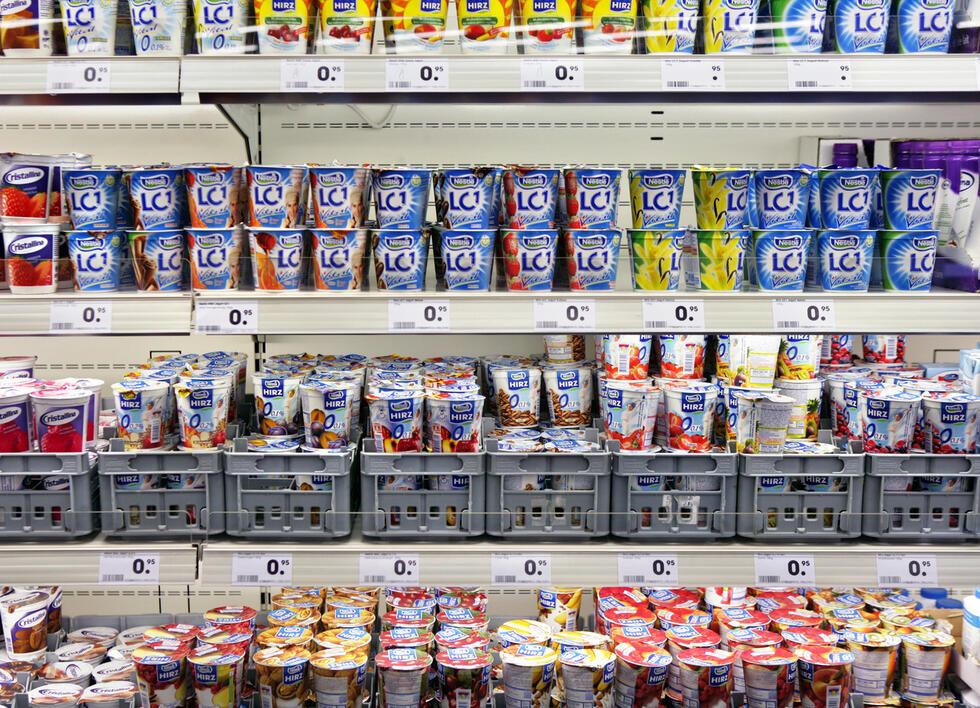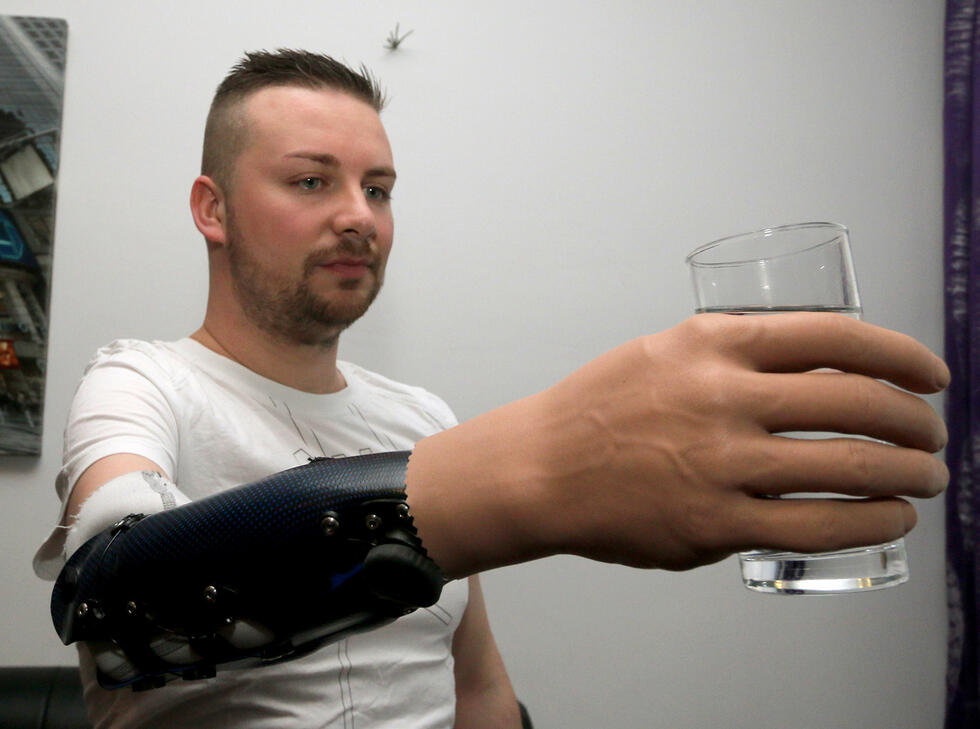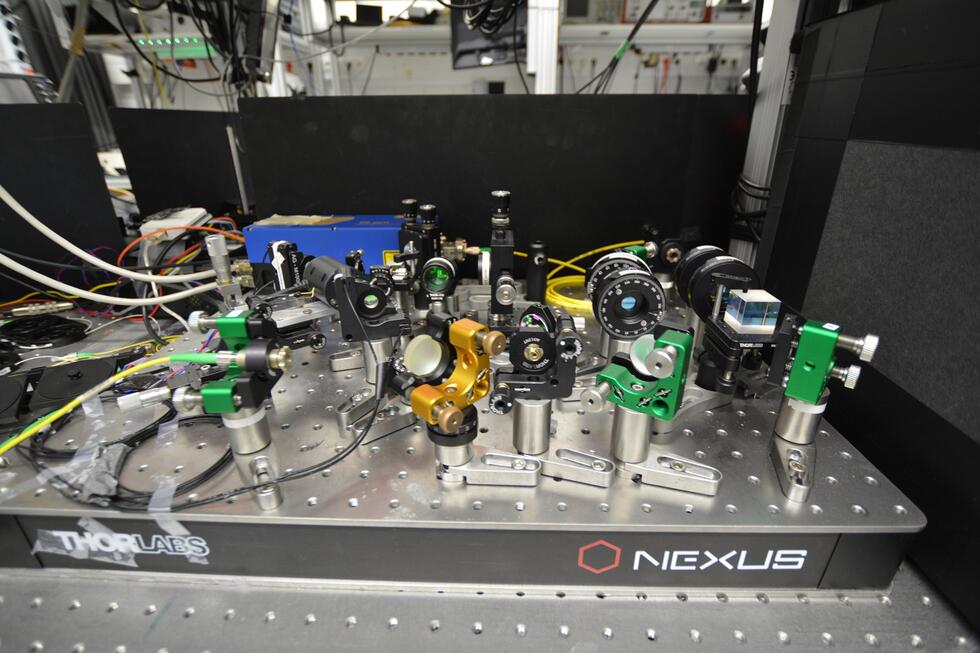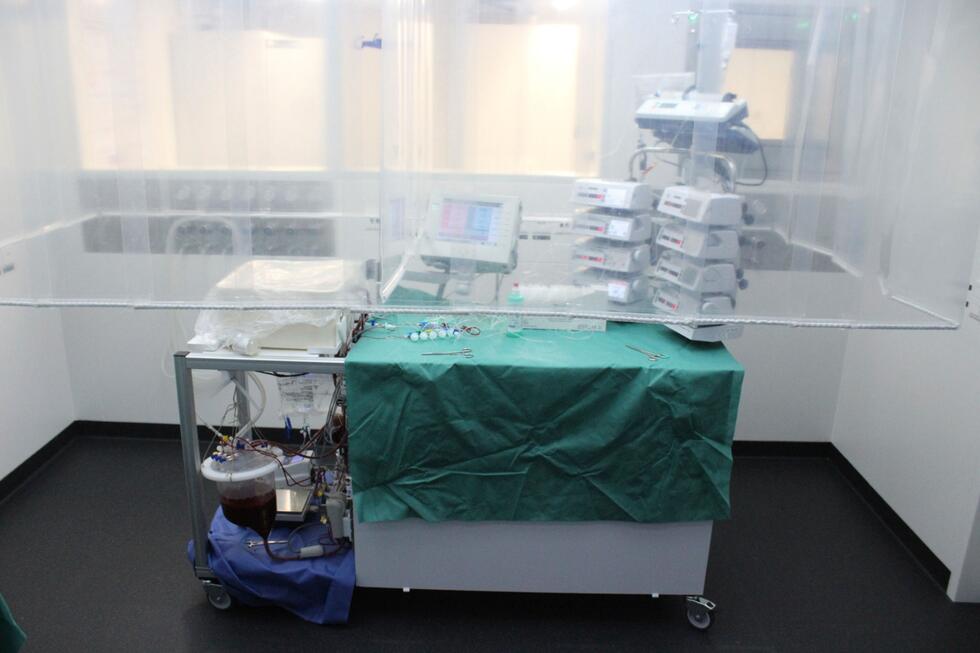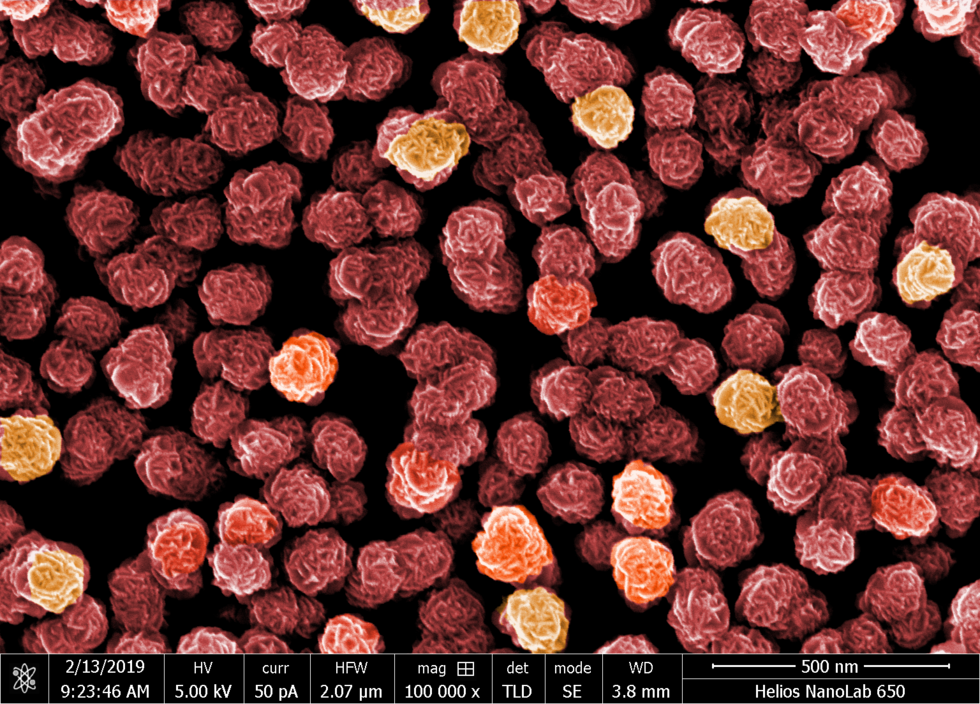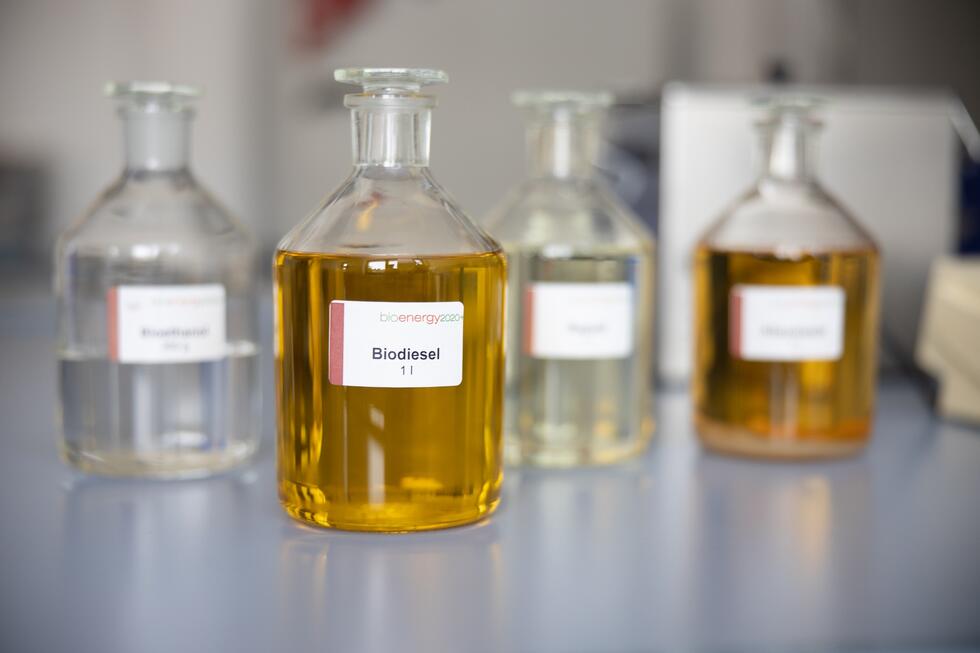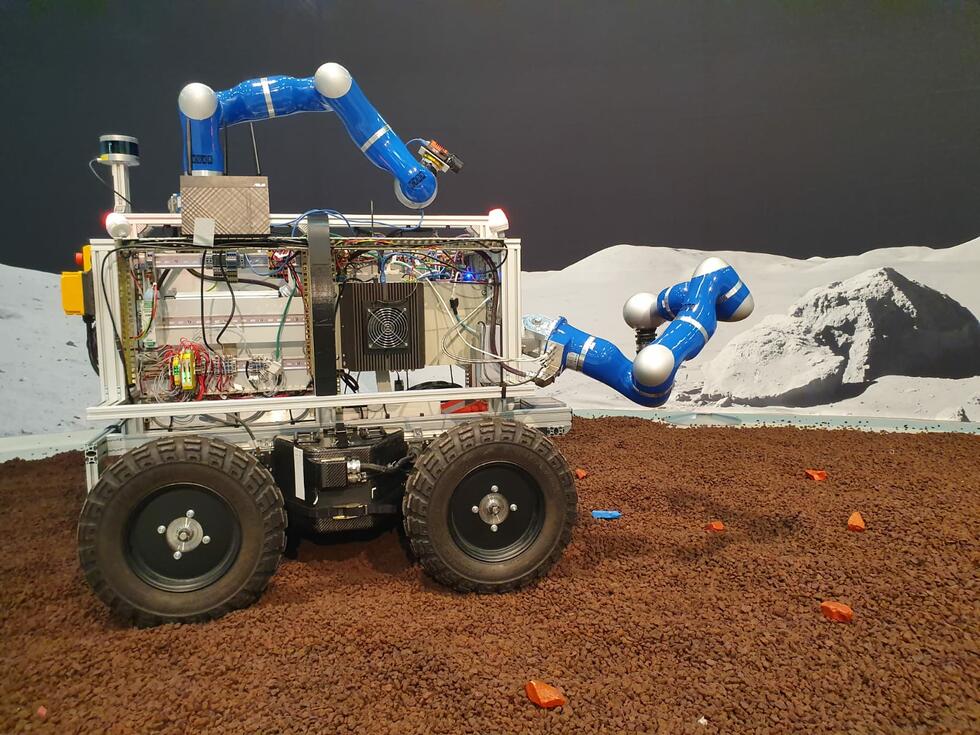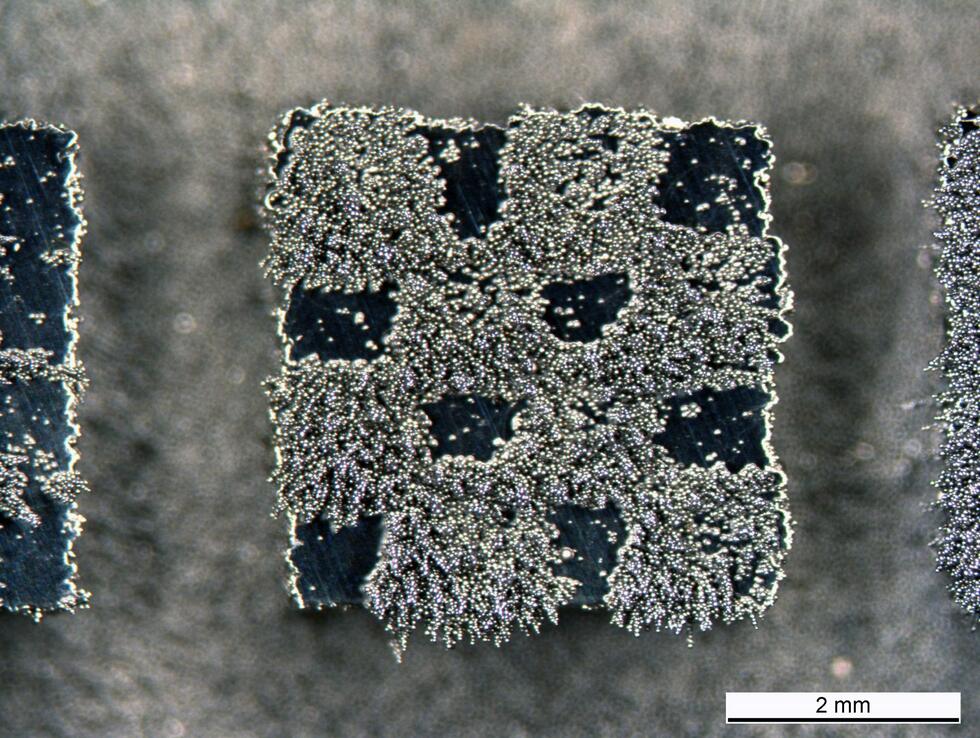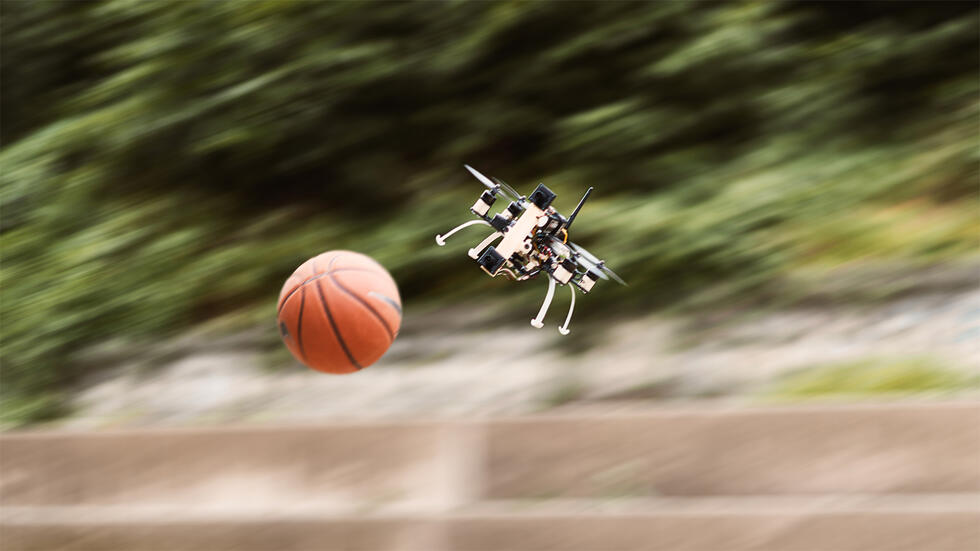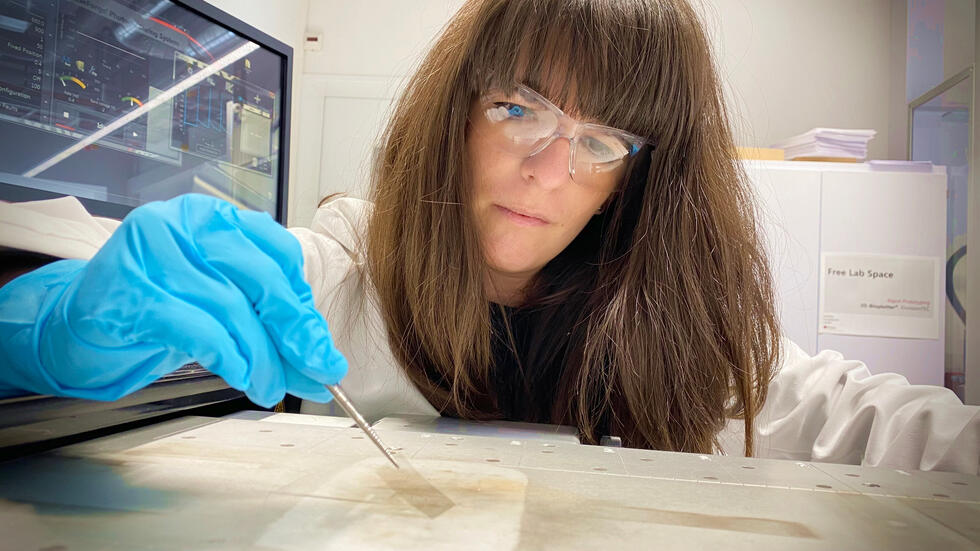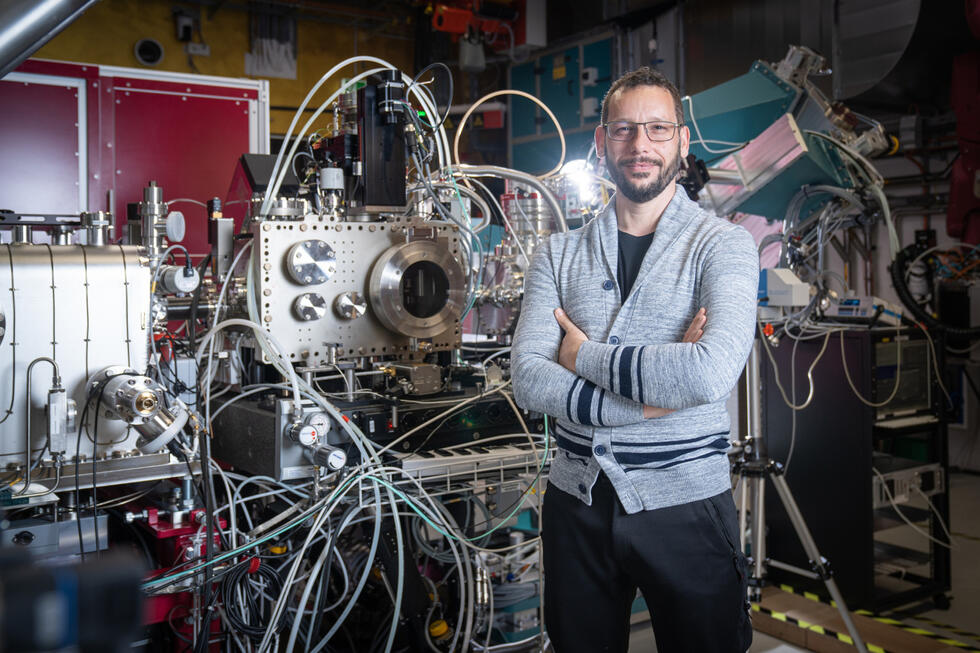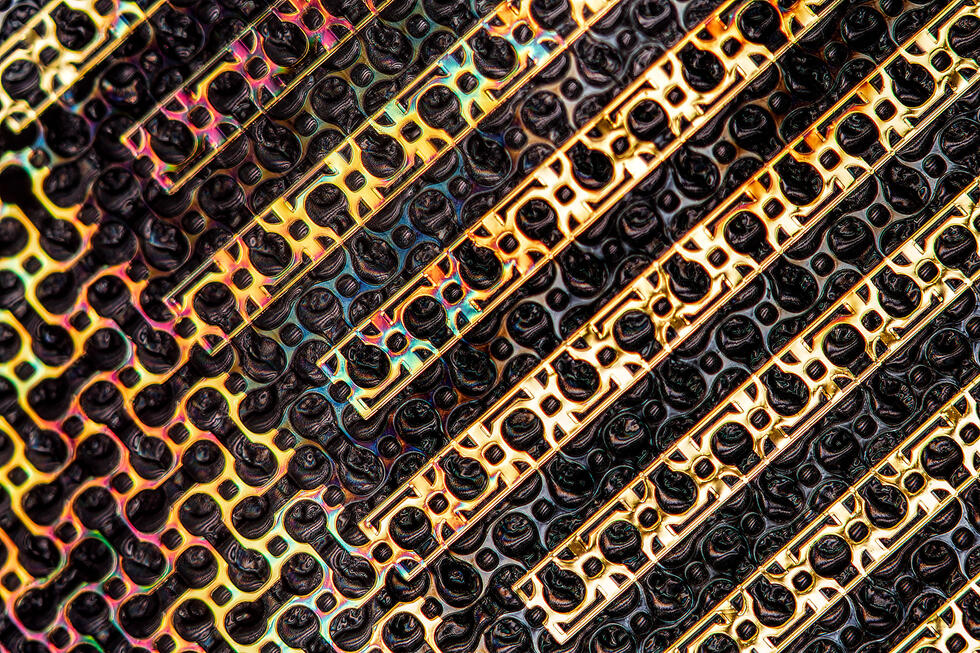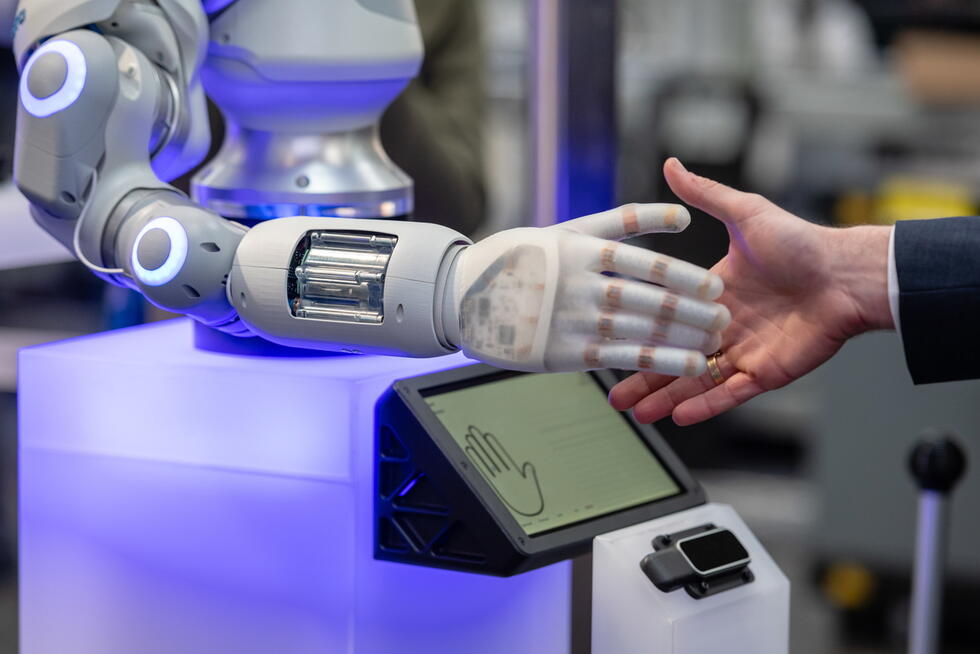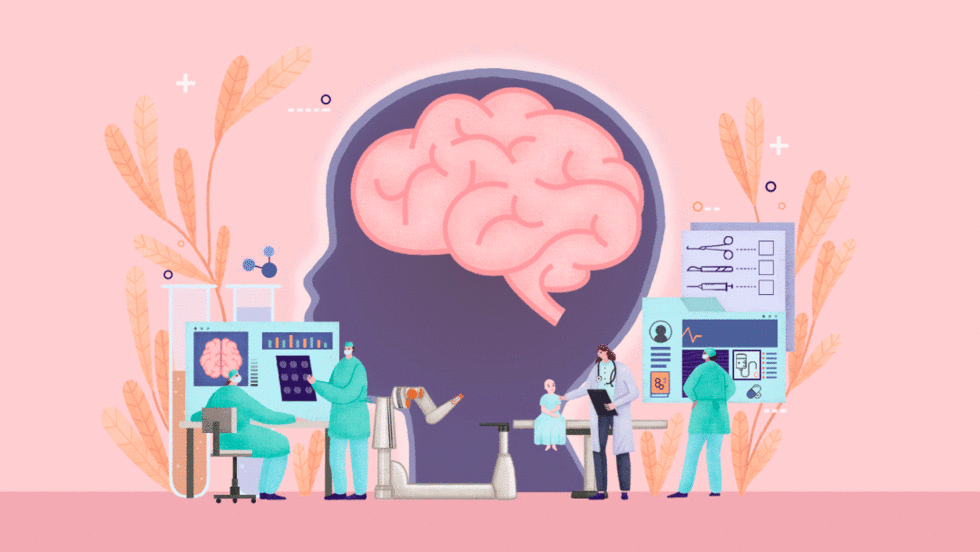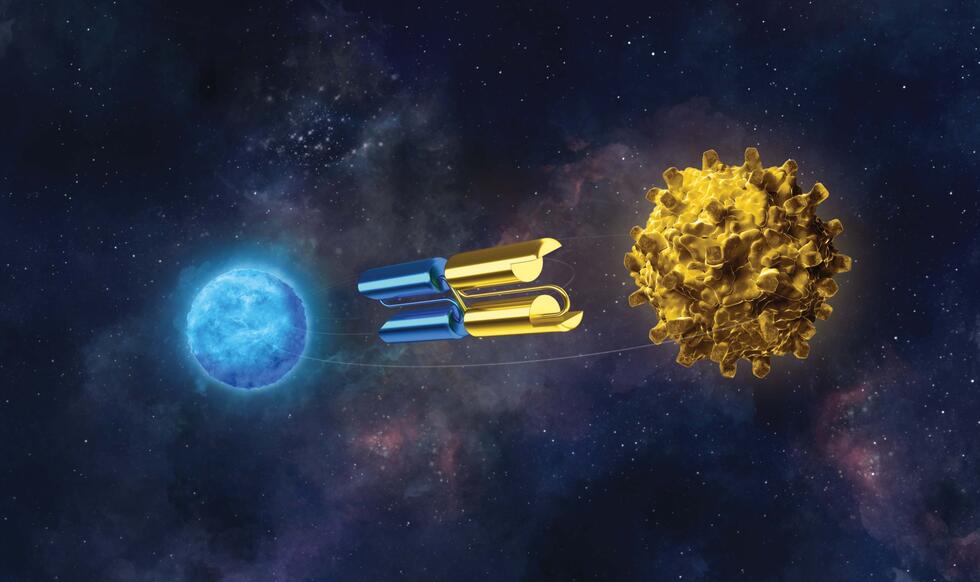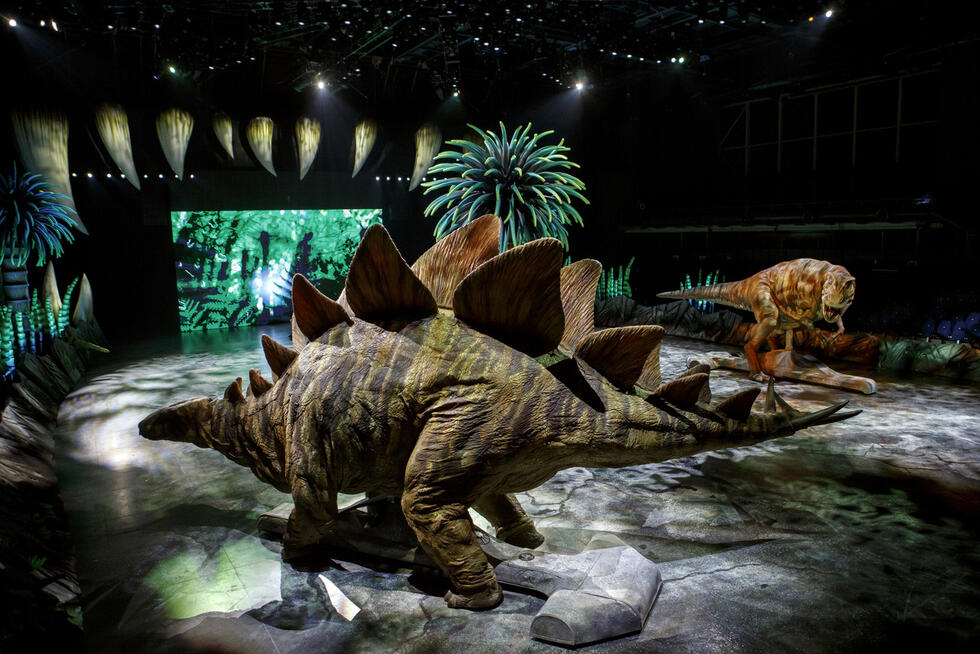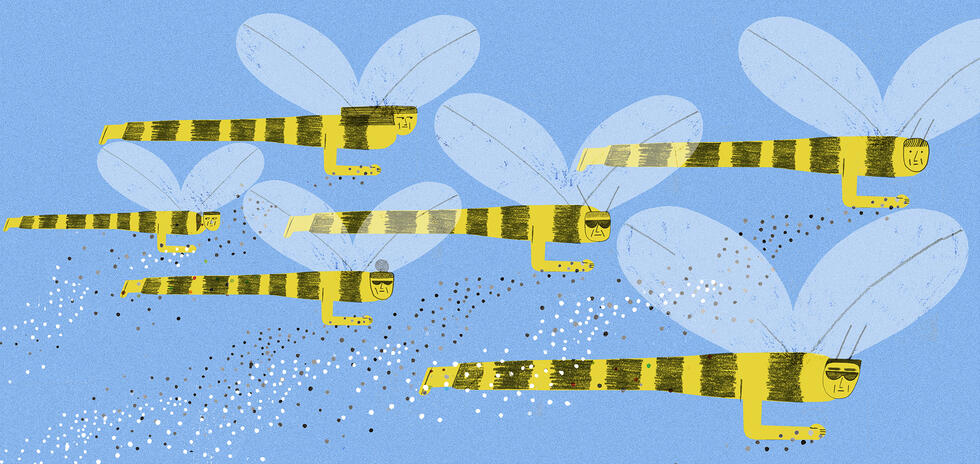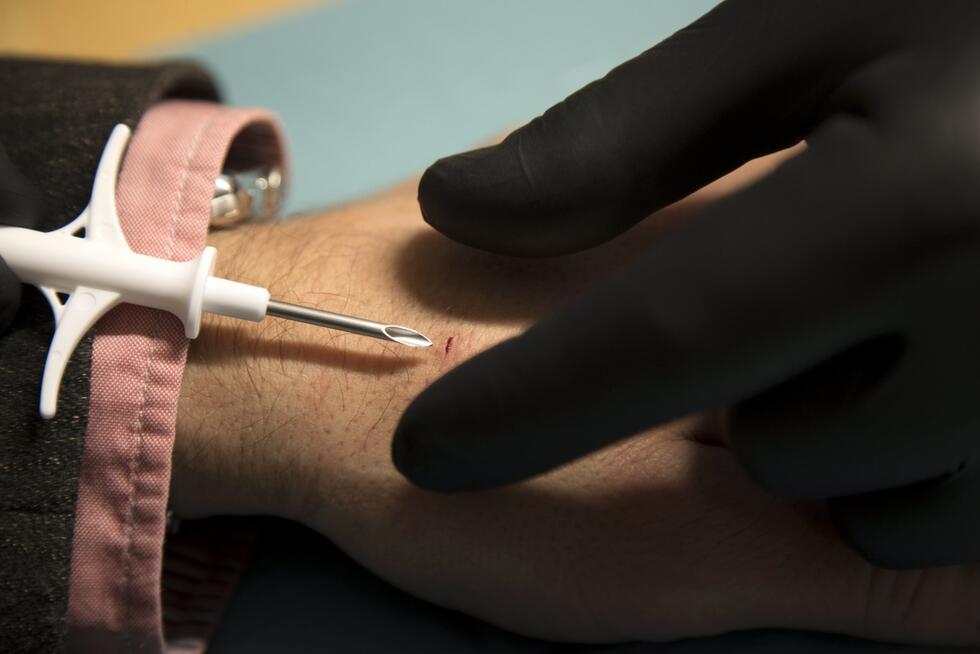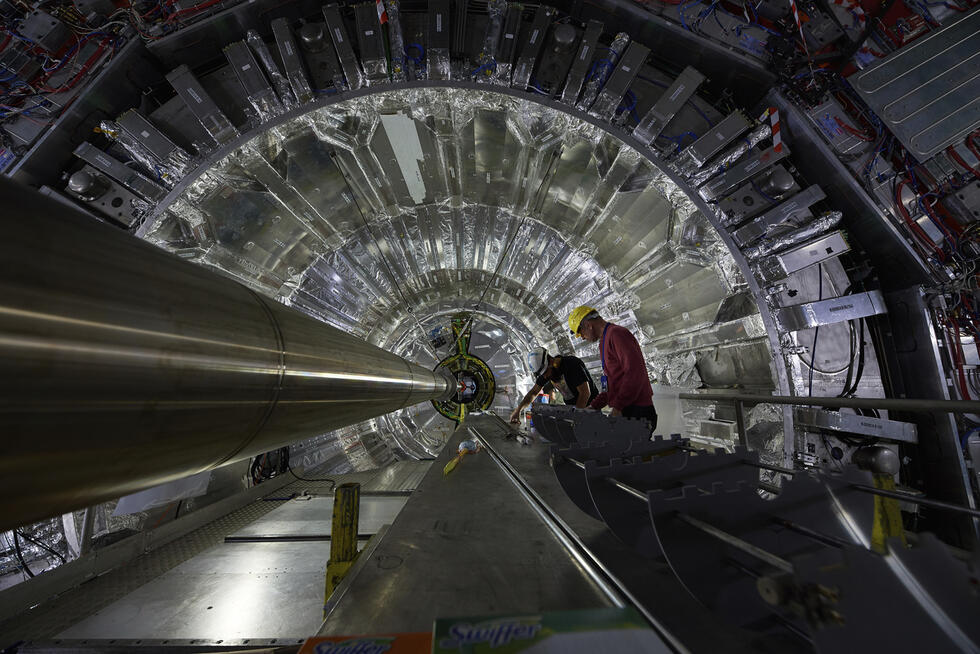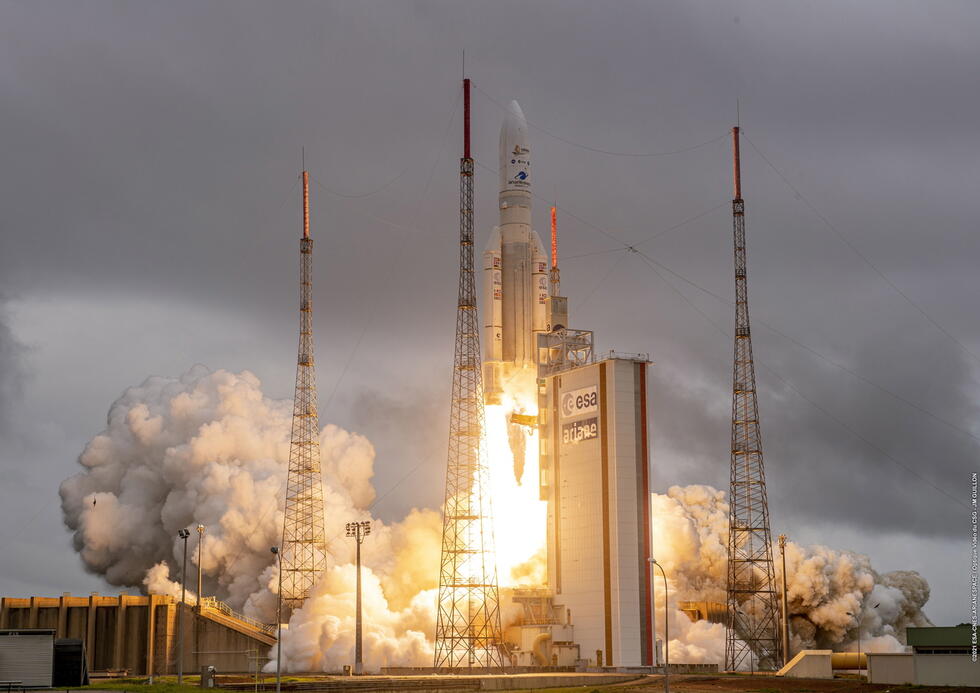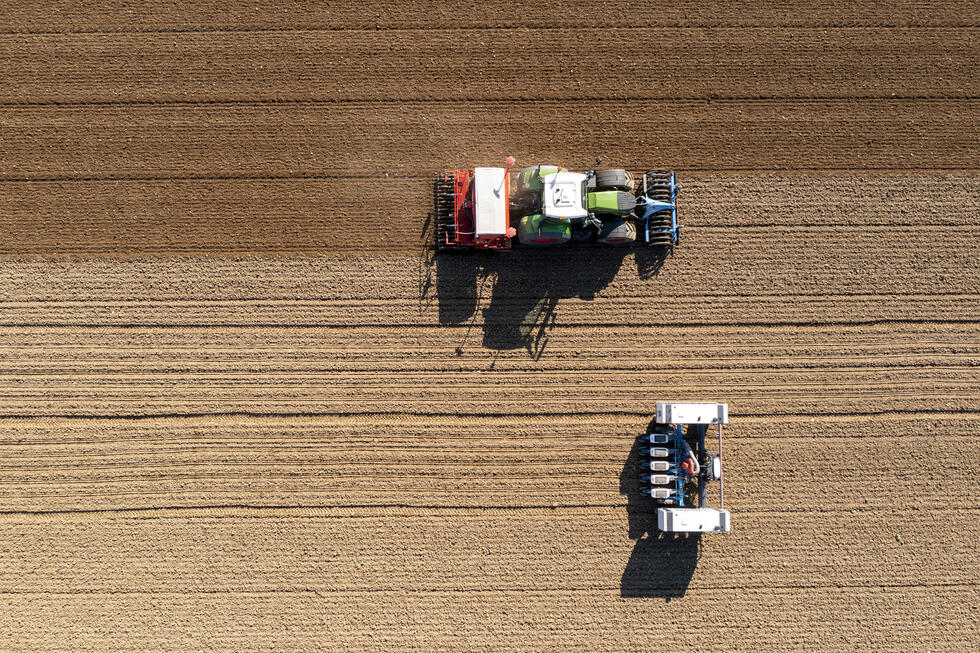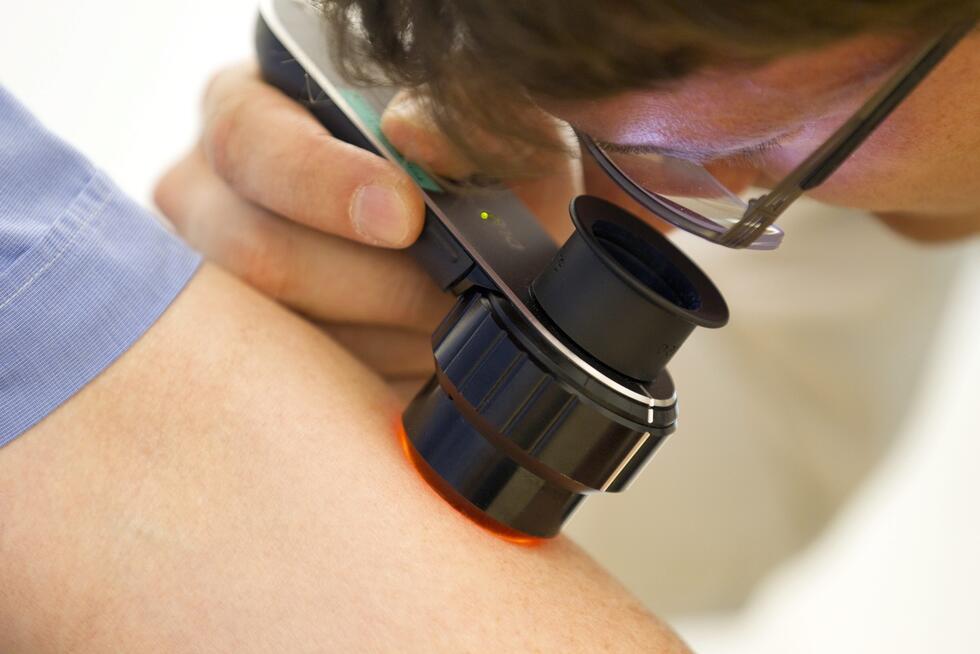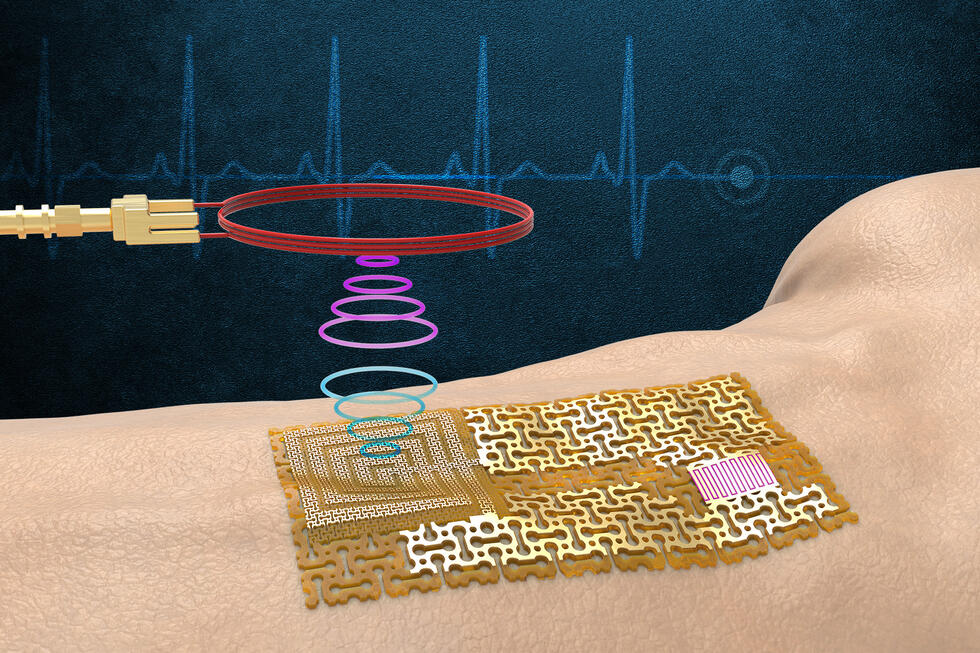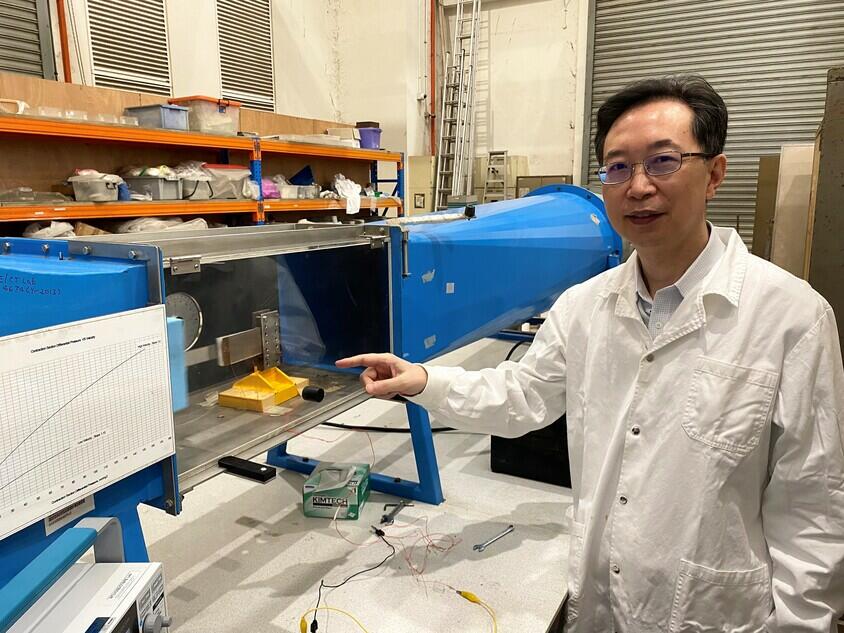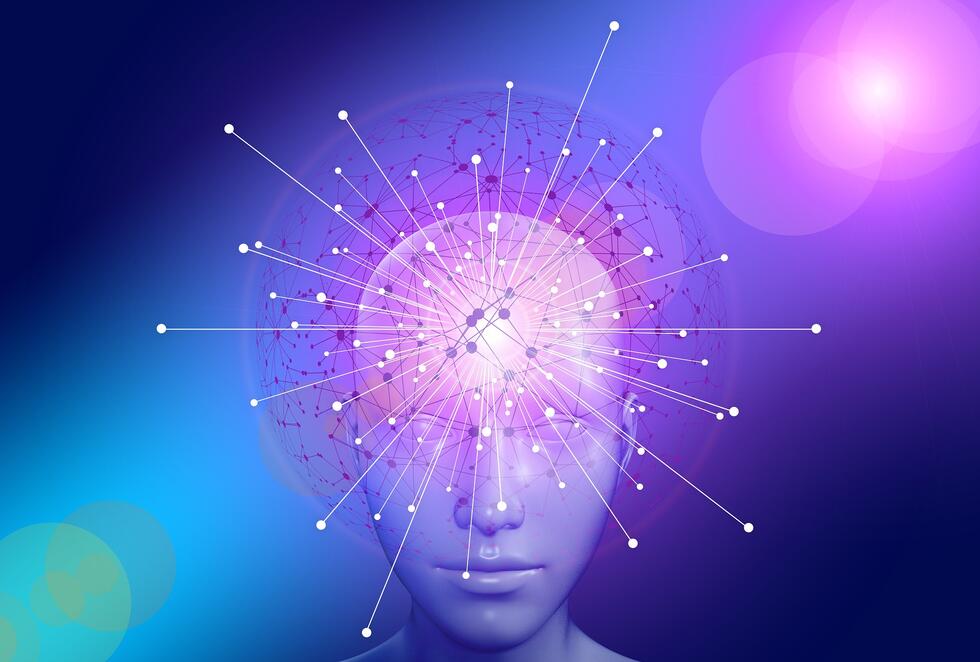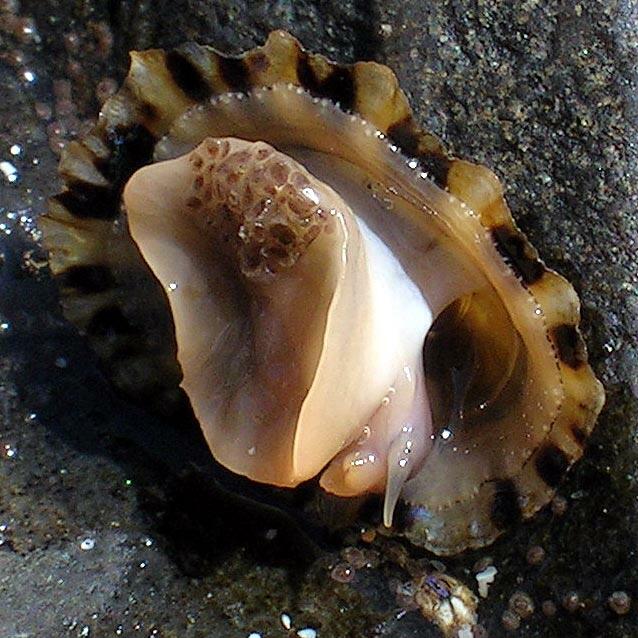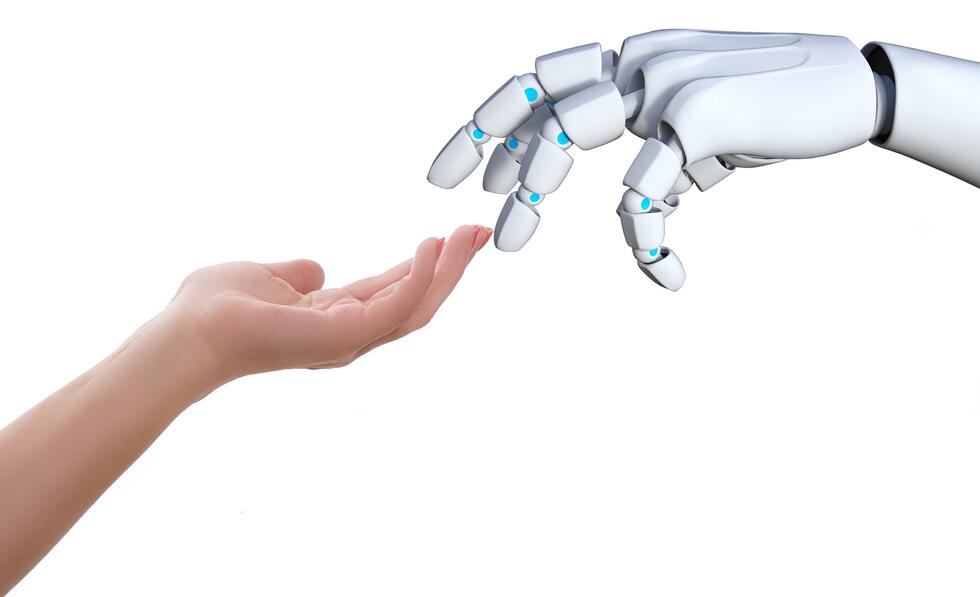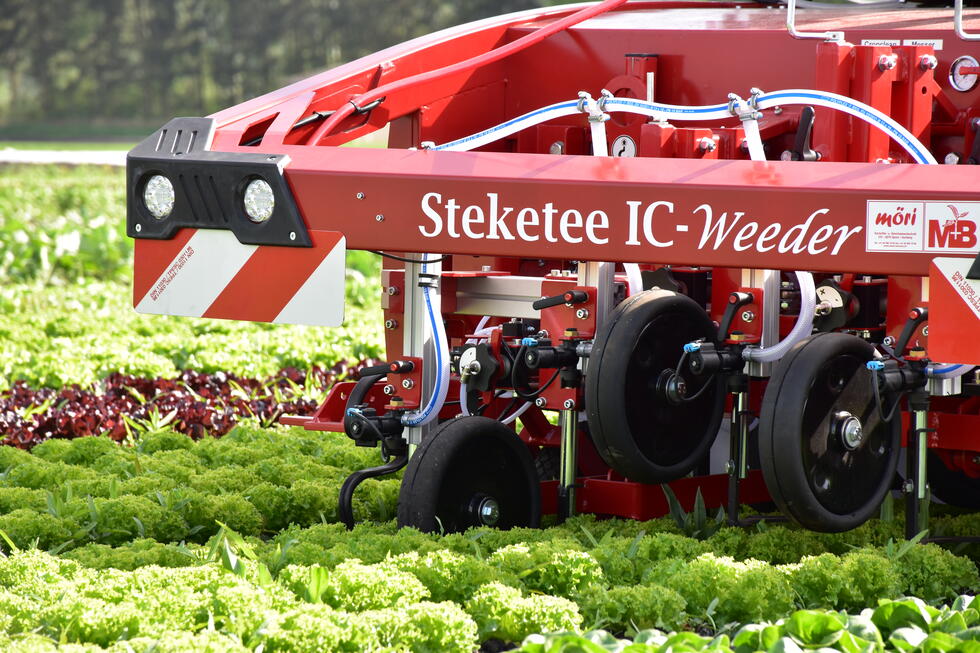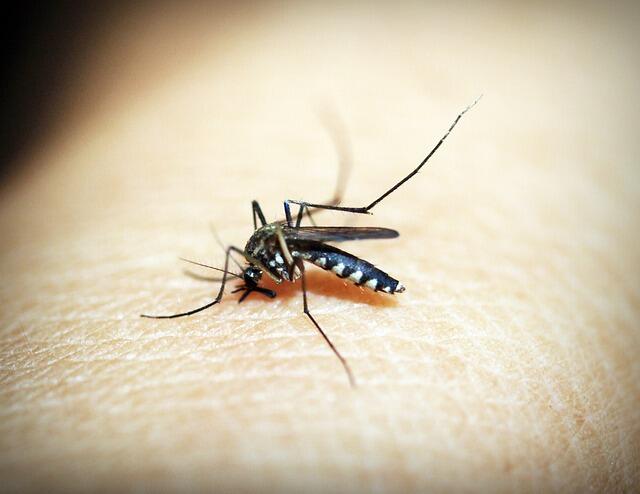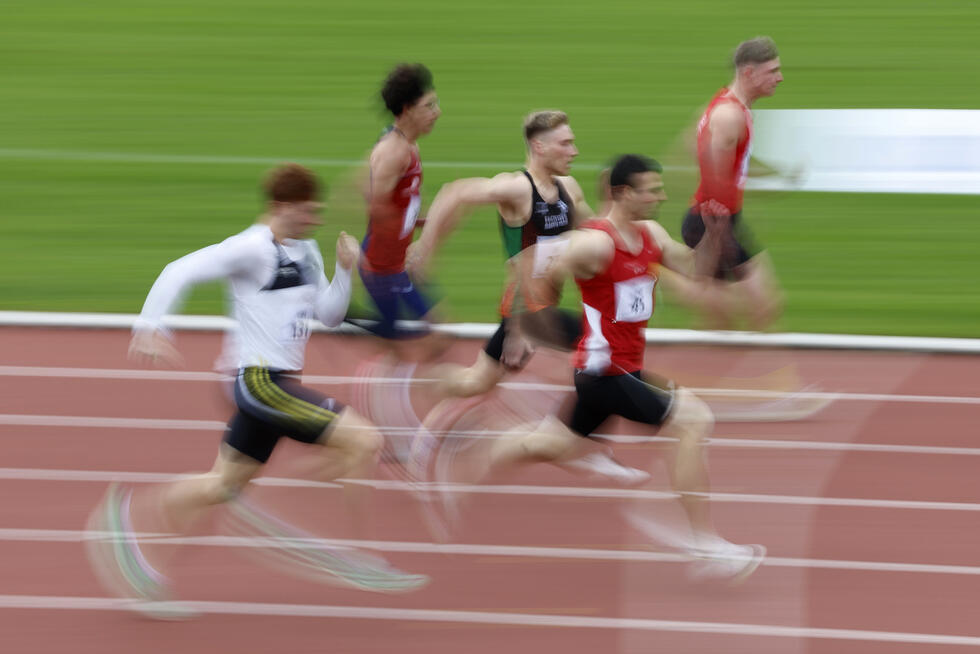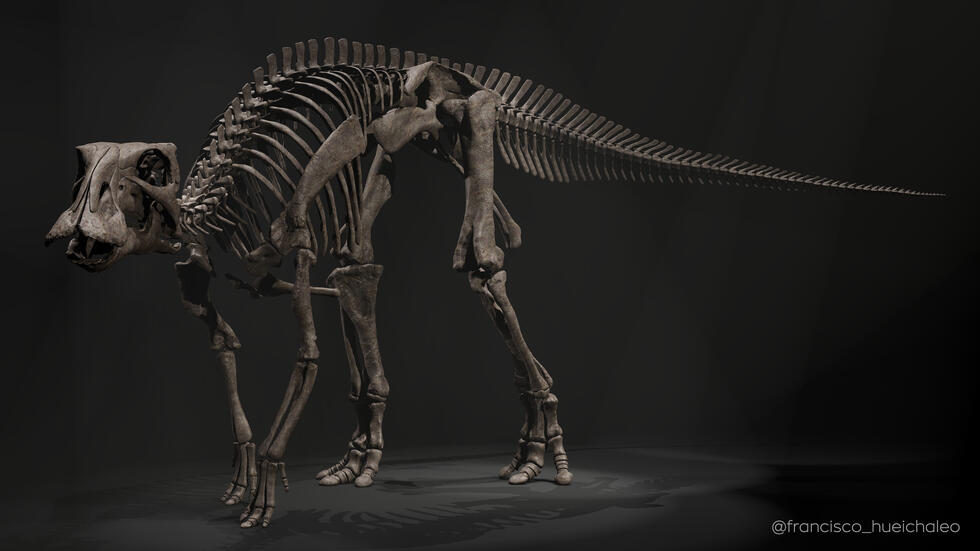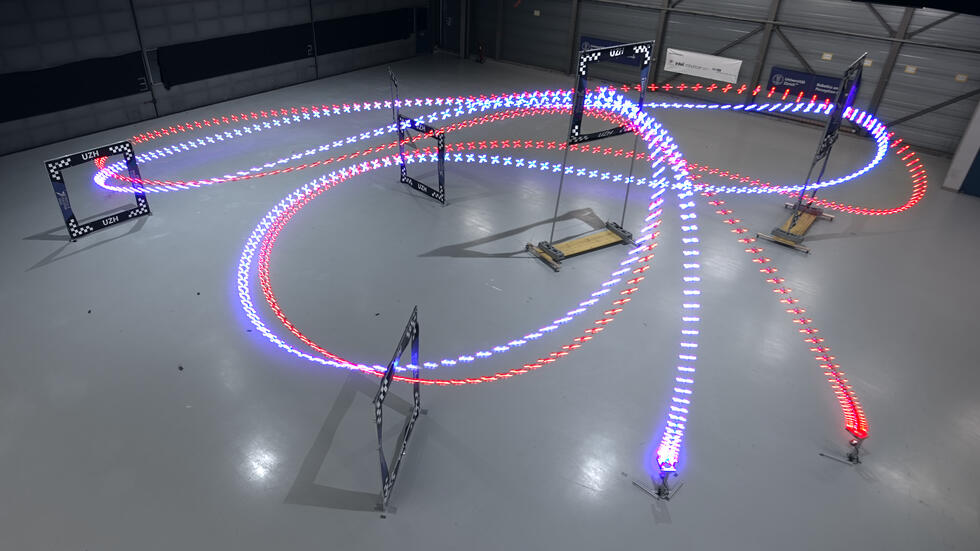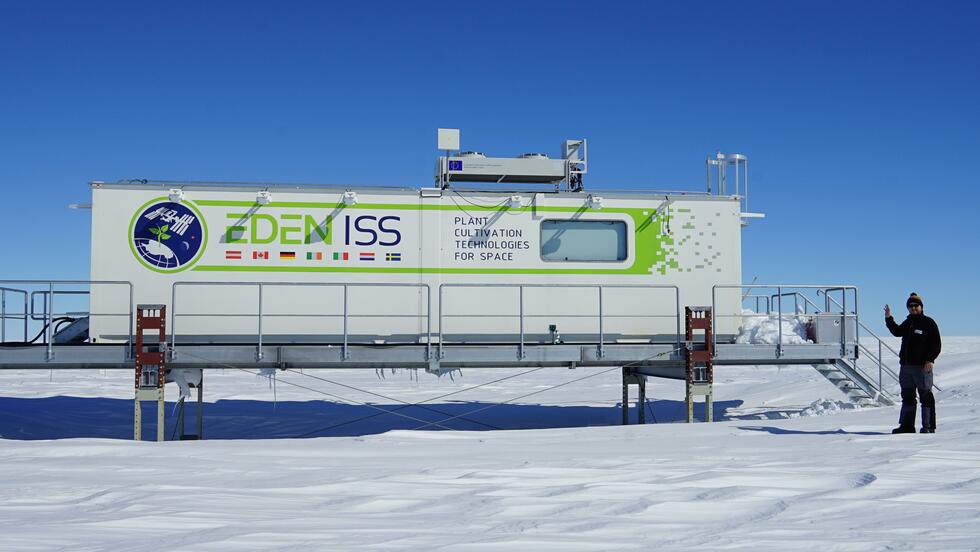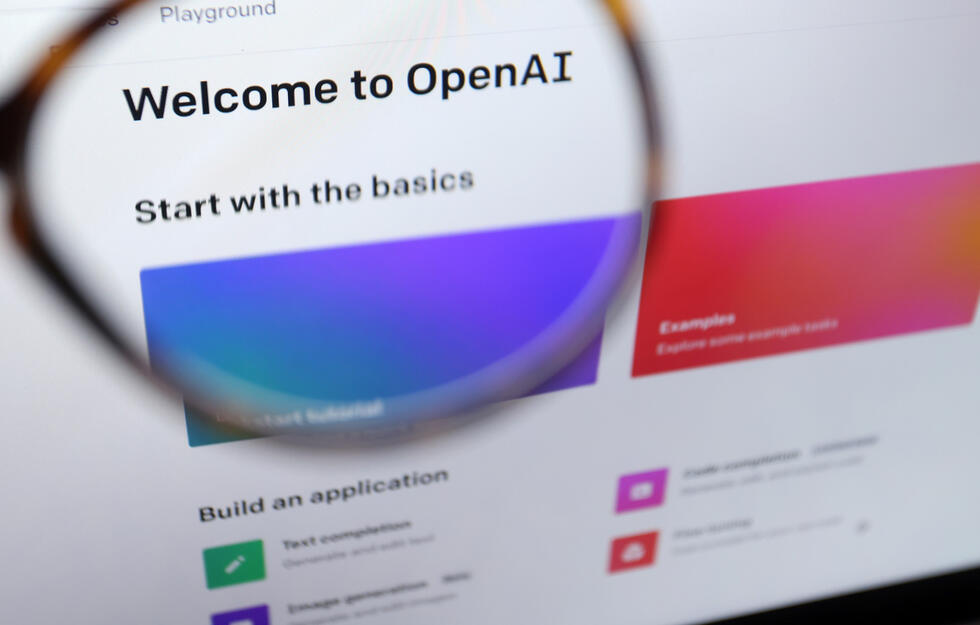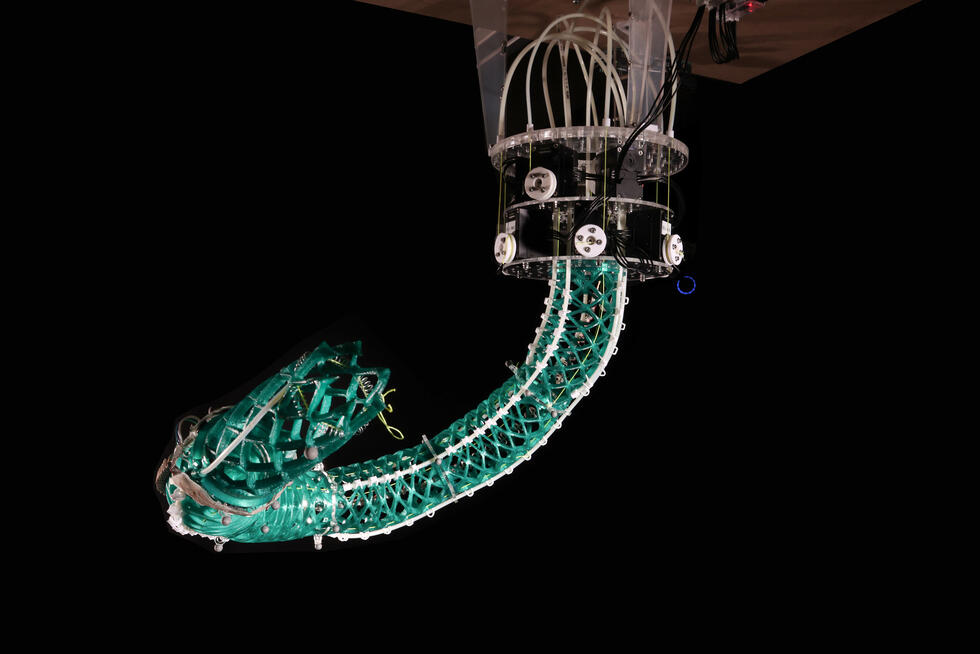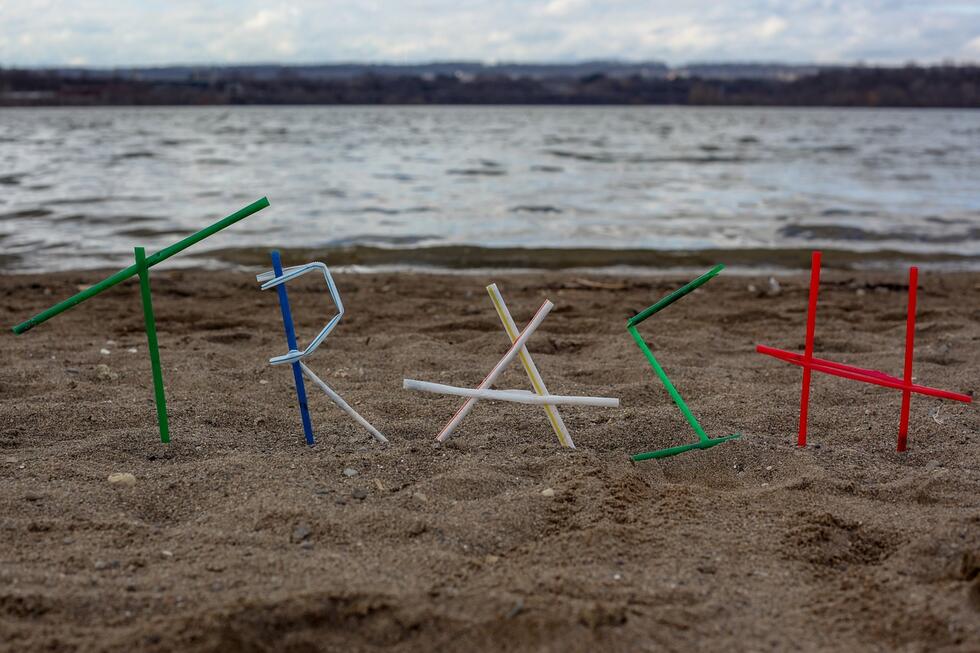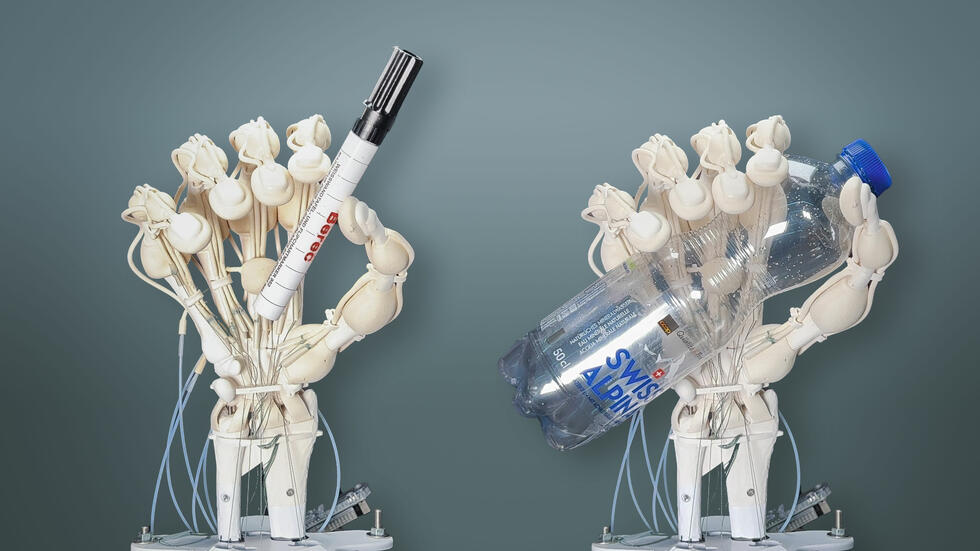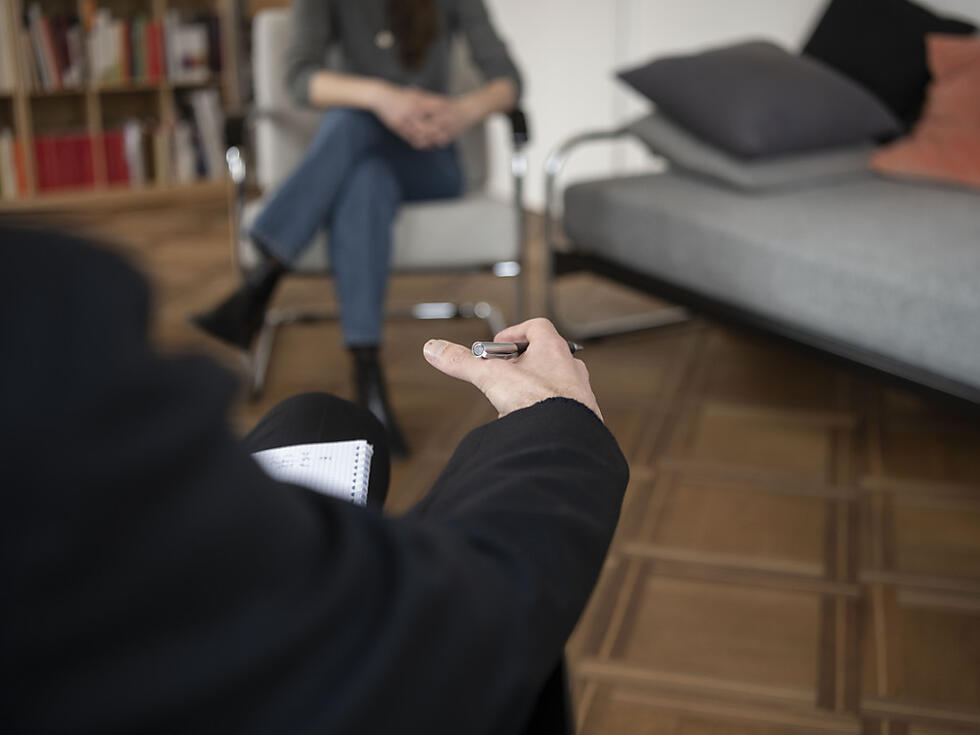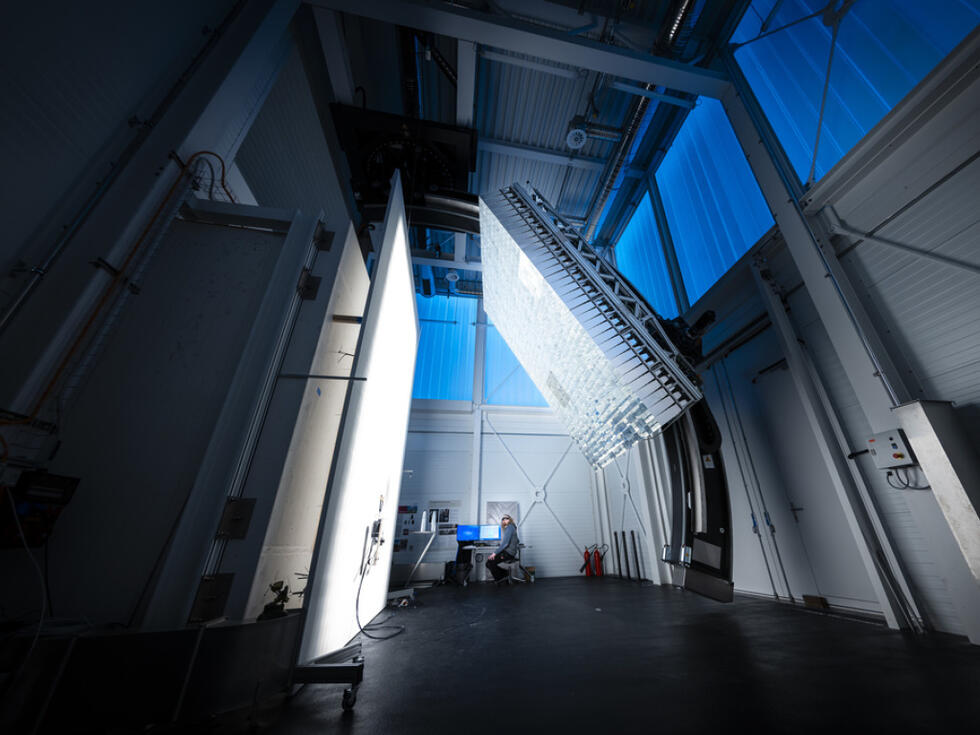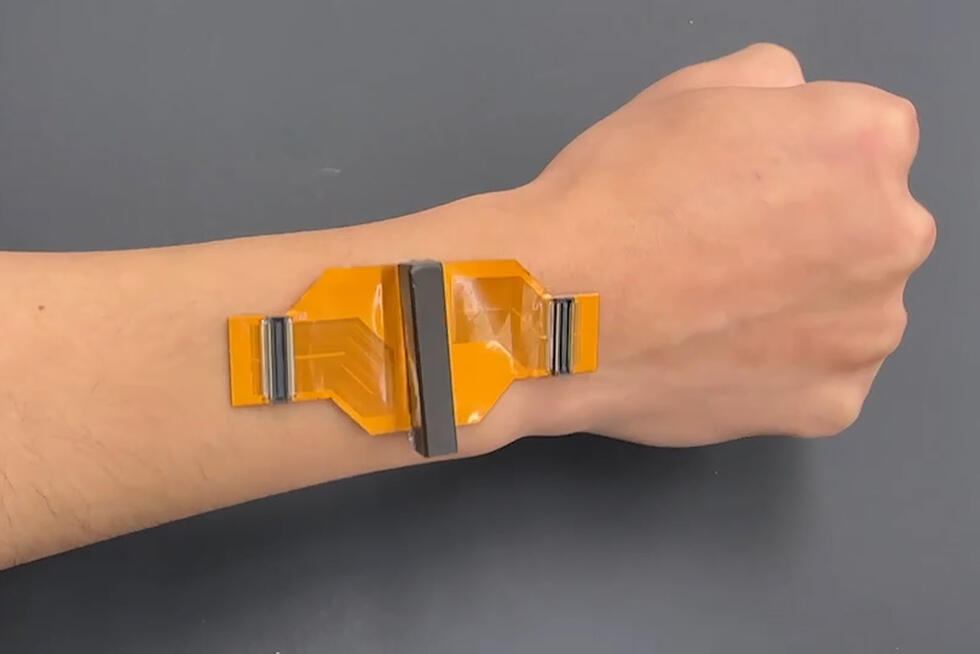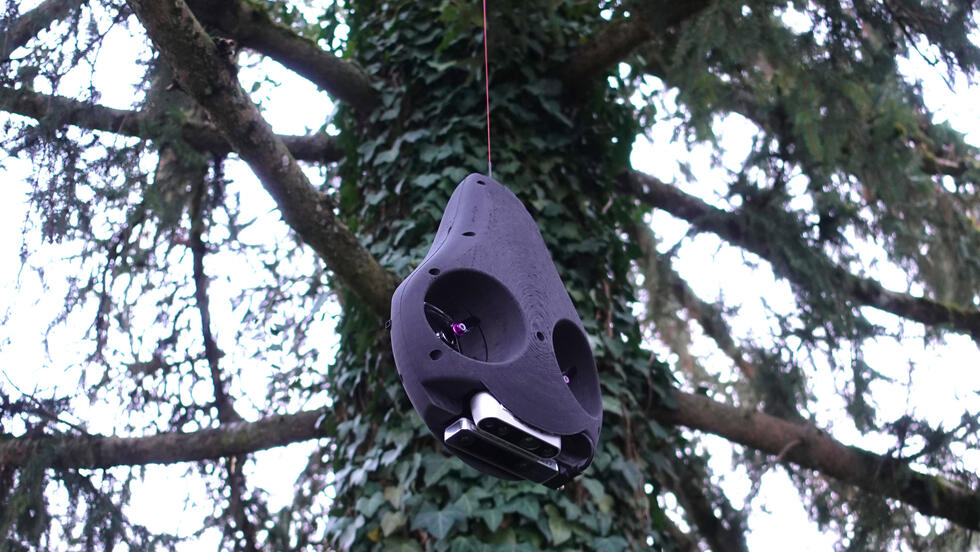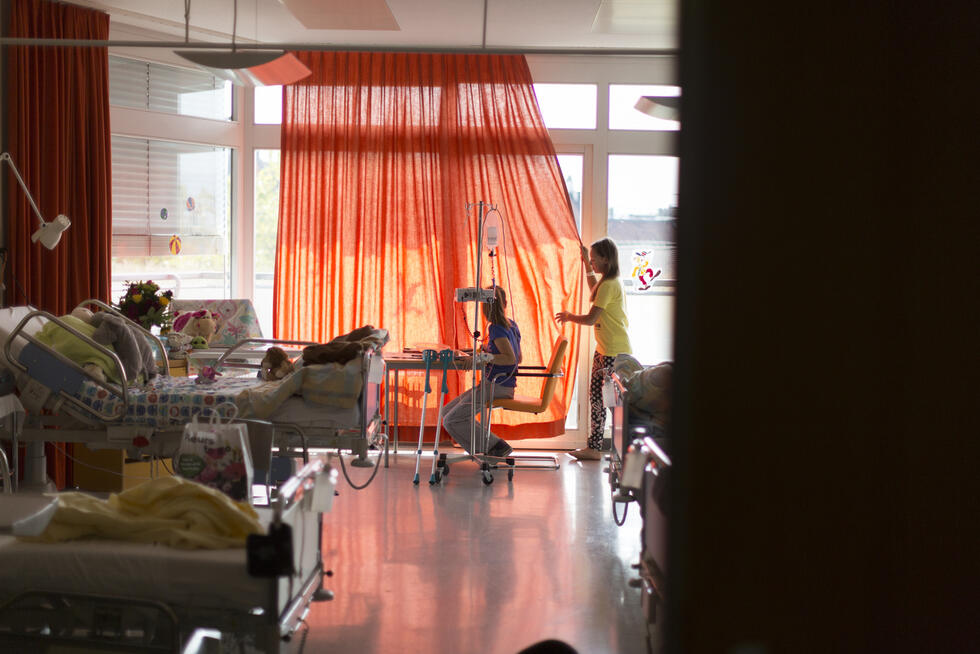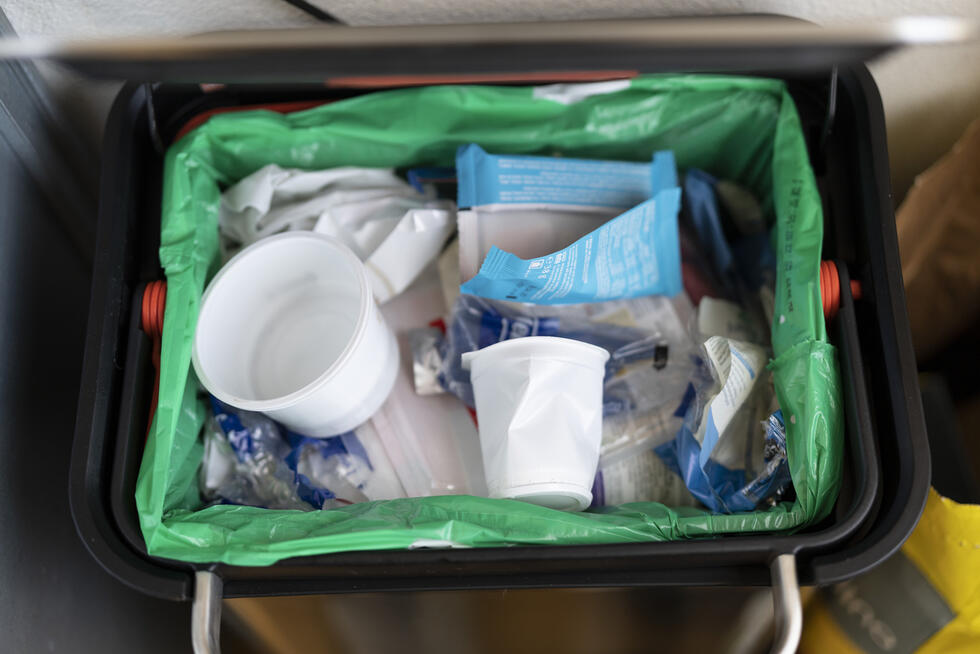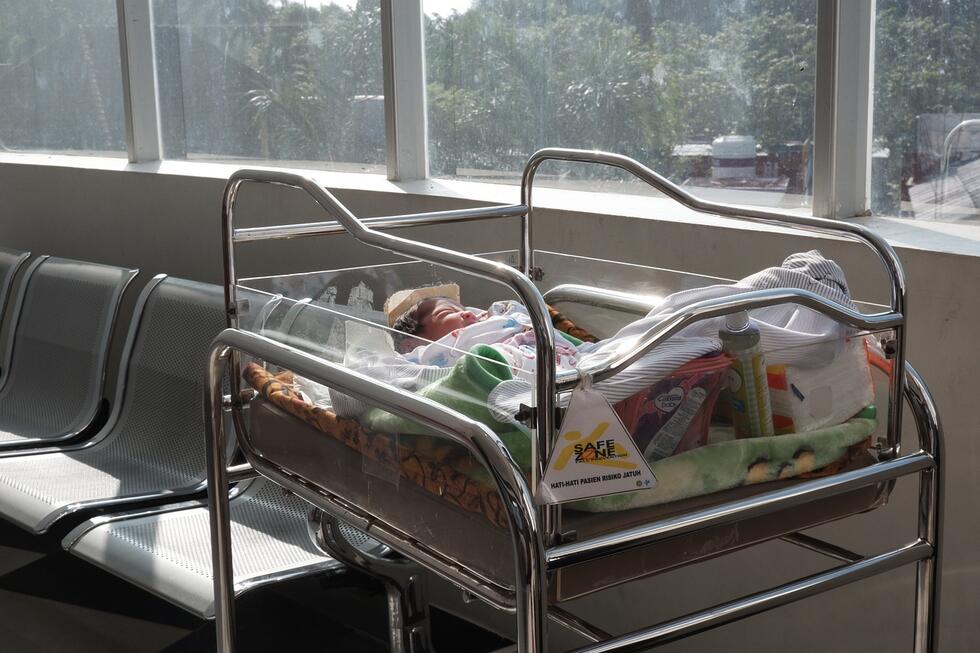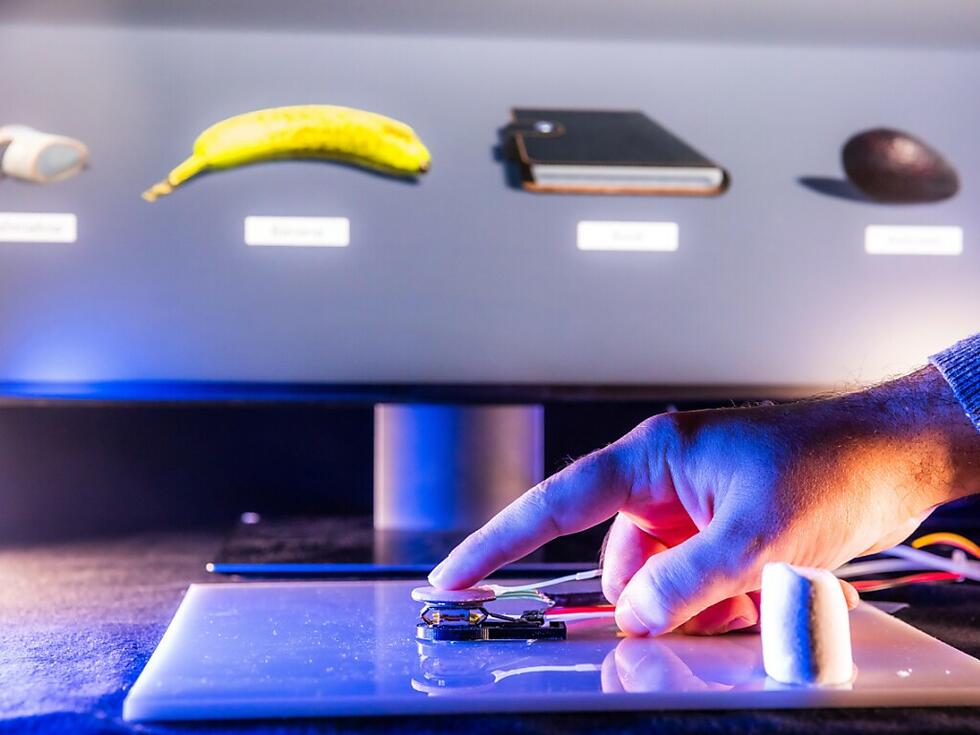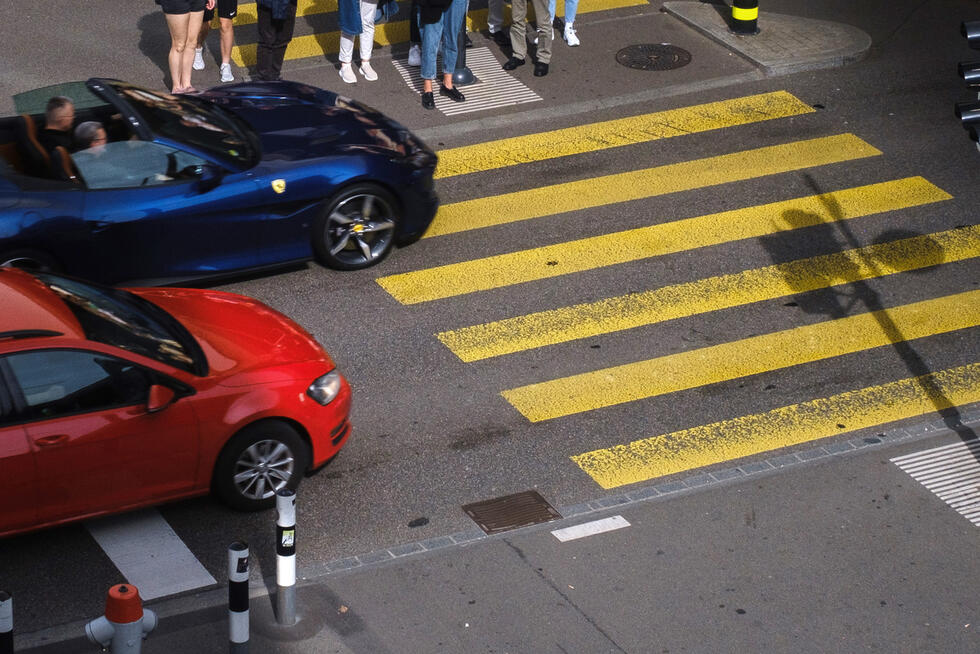SHORT NEWS
Researchers bestow objects with their own DNA
Using a new method, researchers can now turn everyday things into data storage devices. They achieved this by using the genetic material DNA as an information carrier.
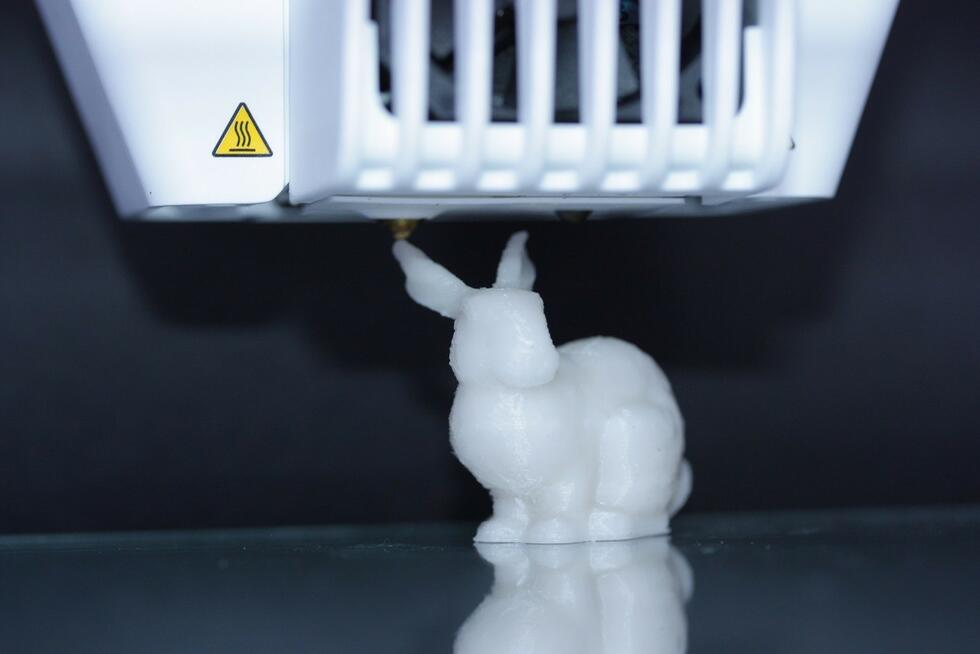
The genetic material DNA is nature’s ingenious storage medium. In this form, living beings carry their construction plans and operating instructions within themselves. This is not the case with lifeless things. However, researchers at the Swiss Federal Institute of Technology (ETH) in Zurich, together with a fellow scientist from Israel, have now developed a method that can give inanimate objects their own DNA. The storage medium used is in fact DNA molecules, which are artificially produced and enclosed in tiny glass beads.
Among other things, this method can be used to integrate 3D printing instructions into an object so that they can be read directly from the object even after decades or centuries, explains Robert Grass from ETH Zurich.
Plastic rabbit with its own DNA
As an example, the researchers led by Robert Grass produced a 3D-printed plastic bunny. The plastic was mixed with glass beads containing the 3D printing plans in DNA form. The researchers’ findings were published in the scientific journal “Nature Biotechnology”.
Robert Grass’s team refers to this new type of memory as the “DNA of things”. The information that is stored in this form is not limited to construction plans: This method can also be used to store data that needs to be hidden or stored safely for future use, by writing it into DNA molecules and integrating it into 3D-printed everyday objects.
The information can be retrieved by isolating the glass beads from the plastic, dissolving them, and then reading the DNA using conventional sequencing methods. This was another thing the researchers demonstrated with their plastic bunny. They extracted the printing plan, printed a new bunny with the DNA-containing nanobeads, isolated the information again, and so forth. They report that they were able to repeat this process five times and thus produce the “great-great-great-grandchild” of the original bunny.
Federal Charter, music album, and short video
The foundations for the methods were developed over the past few years by the team of researchers led by Robert Grass and the Israeli computer scientist Yaniv Erlich. Robert Grass and his team are already using short DNA molecules as bar codes, which they integrate into glass nanobeads to ensure that they are resistant. Among other things, these can be used as proof of origin for high-quality foods or pharmaceuticals.
Yaniv Erlich, on the other hand, developed a method that allows large amounts of data to be stored in DNA. In theory, 215,000 terabytes of data can be stored in a single gram of DNA.
Robert Grass and his team had already proven the capability of their method for data storage in the past, for example by immortalizing the Swiss Federal Charter and the music album “Mezzanine” by Massive Attack in DNA in glass beads and then reading it out again.
They also stored a short, 1.4-megabyte video using this method and cast the bead into an inconspicuous eyeglass lens. In this manner, sensitive data could be concealed and even smuggled through airport security checks, the ETH reports. In principle, the DNA-containing nanobeads could be embedded in all plastics that are not exposed to excessively high temperatures during production.

